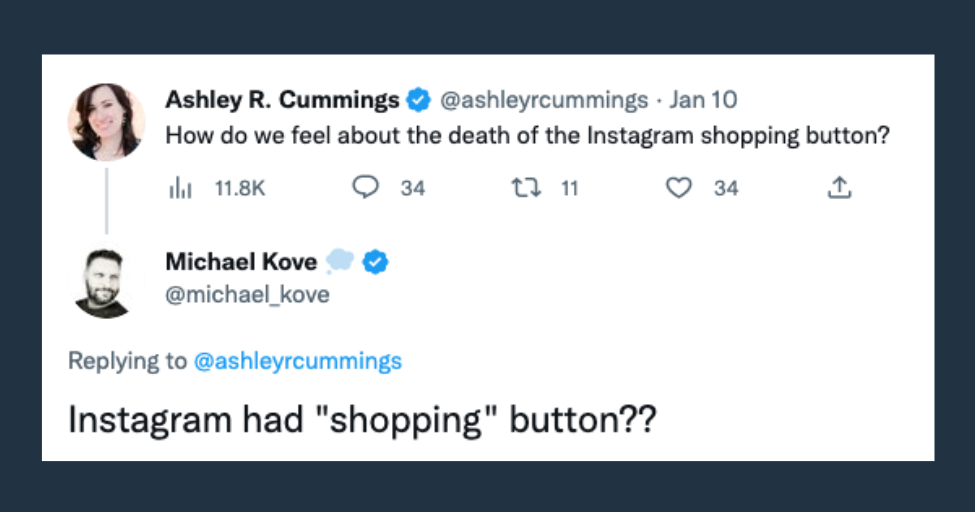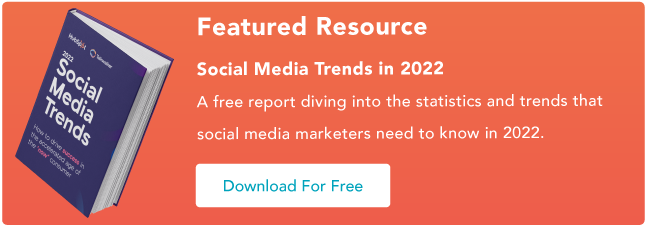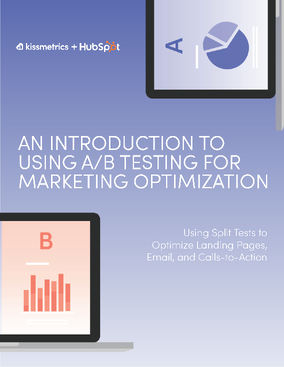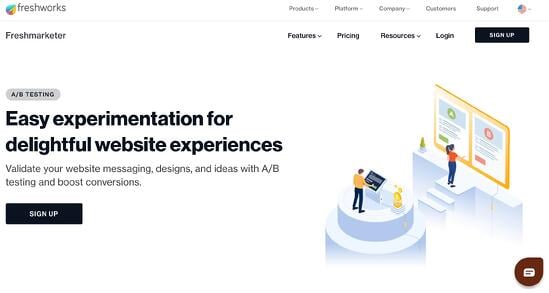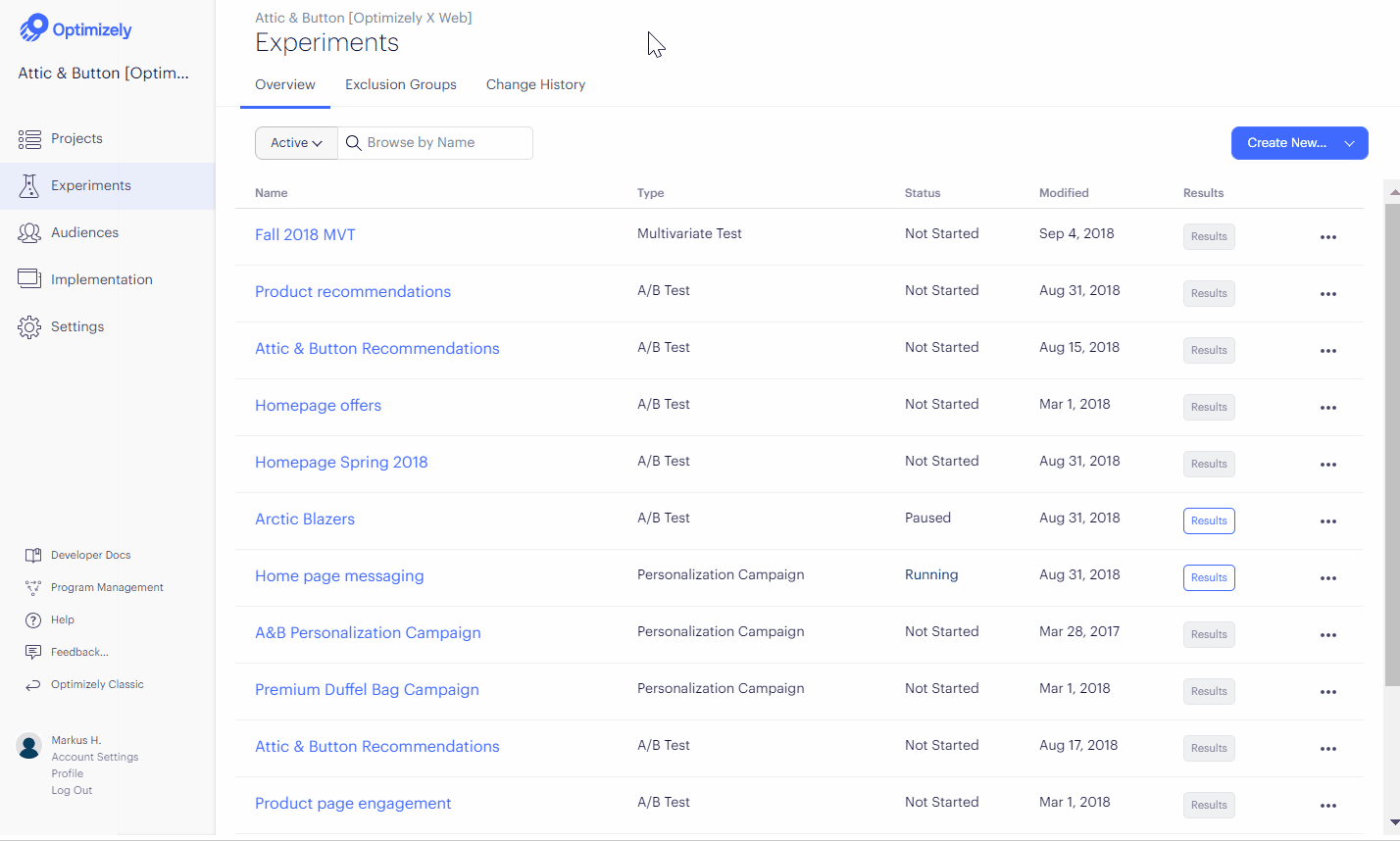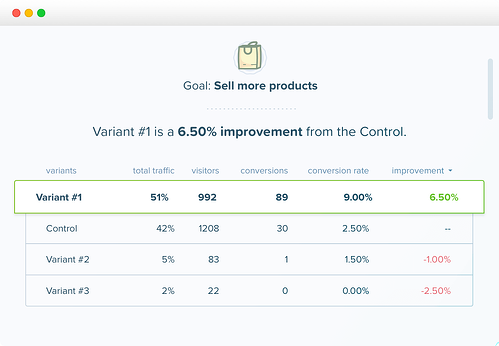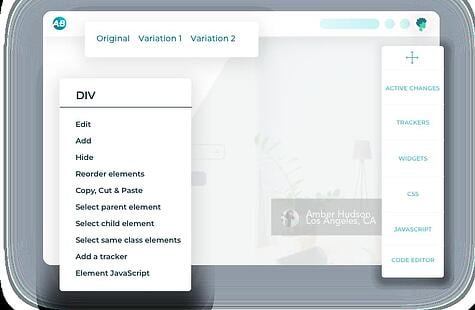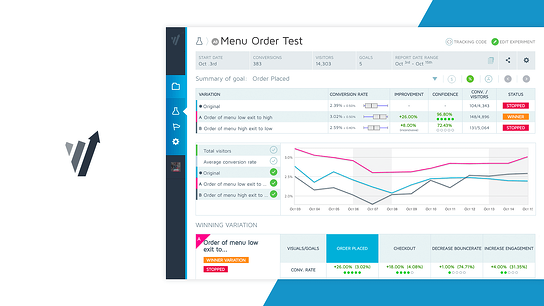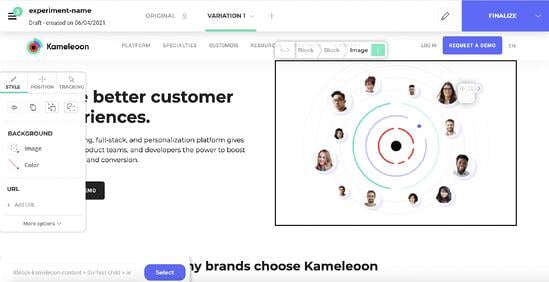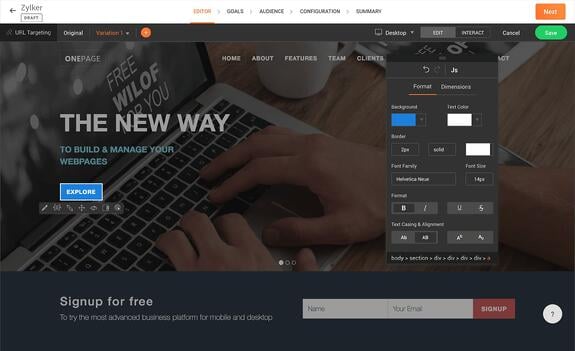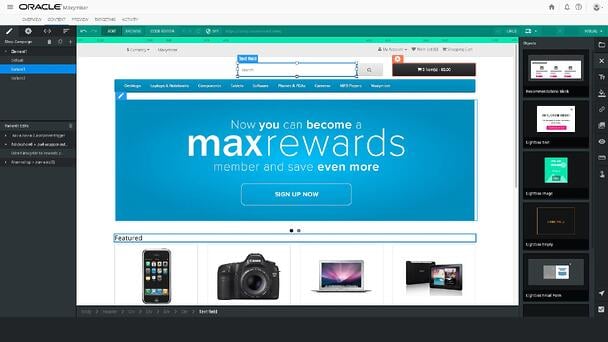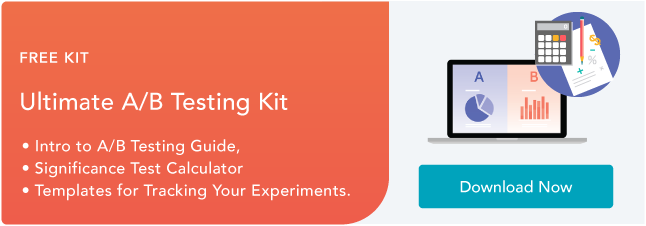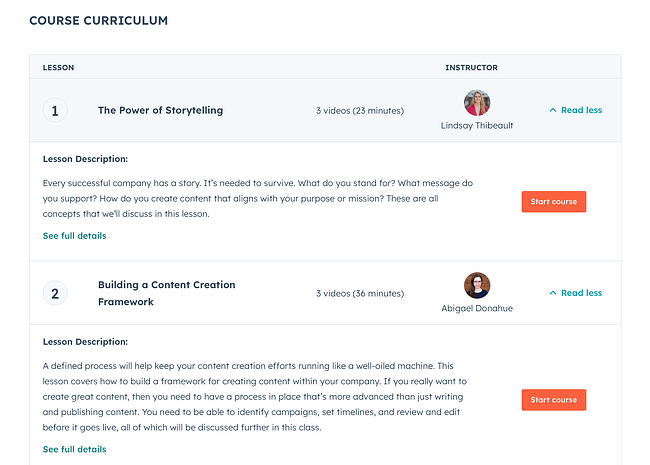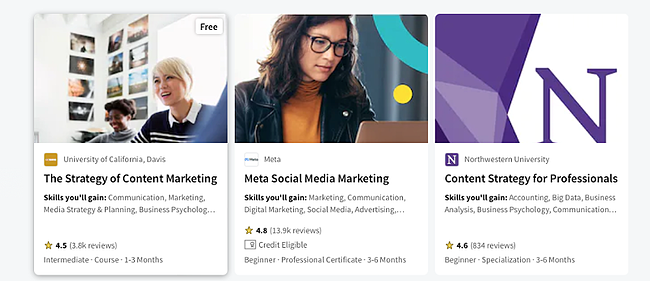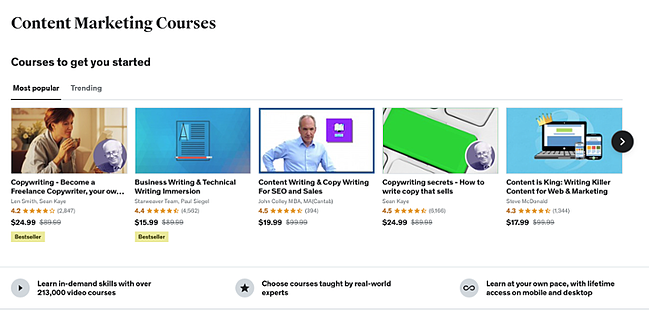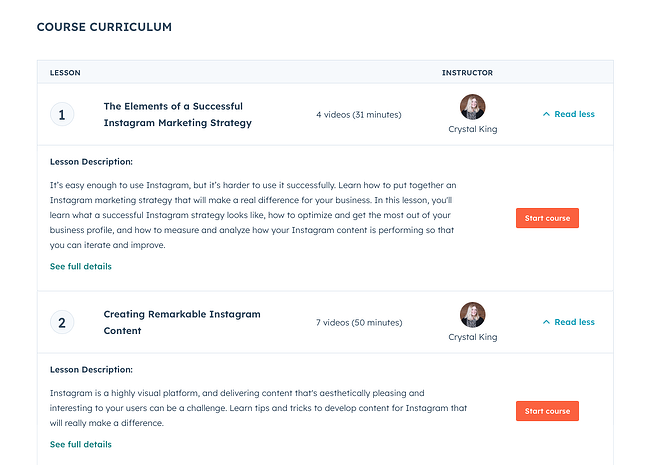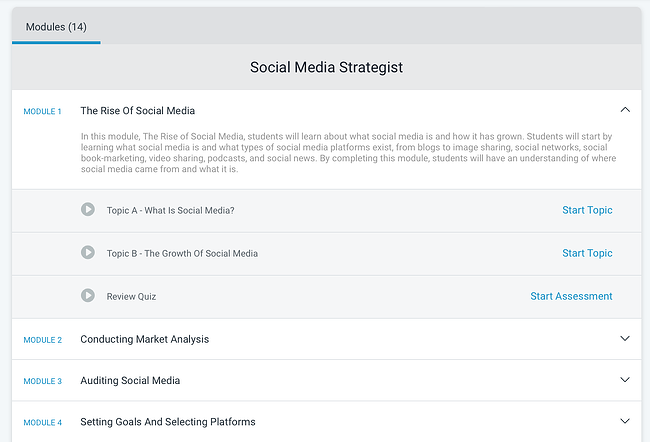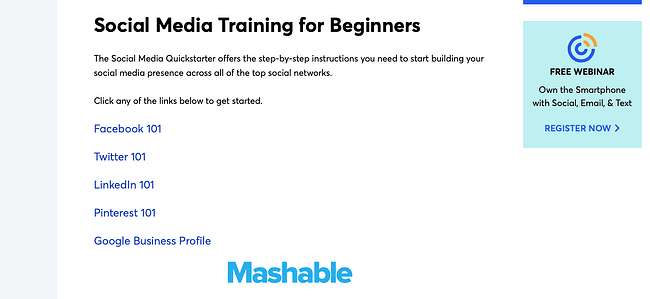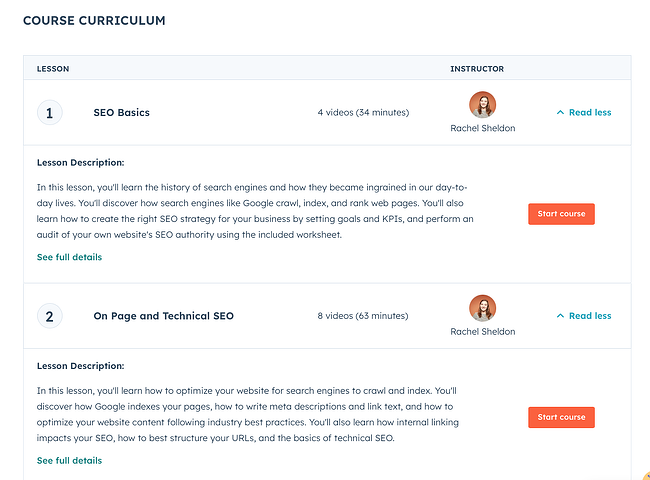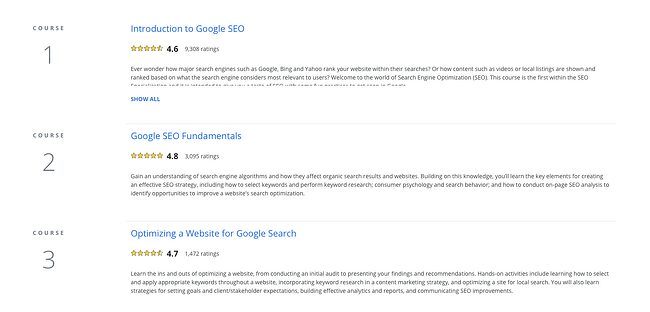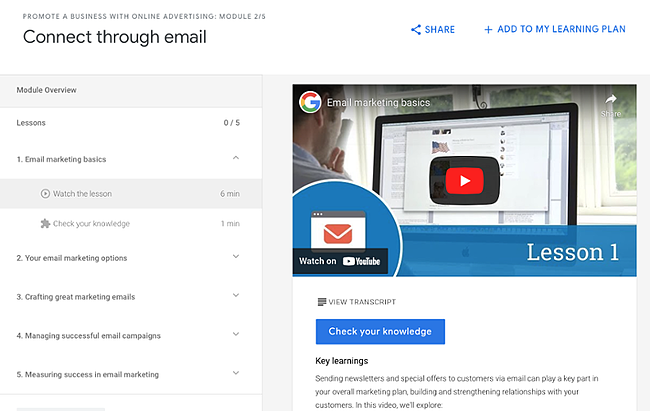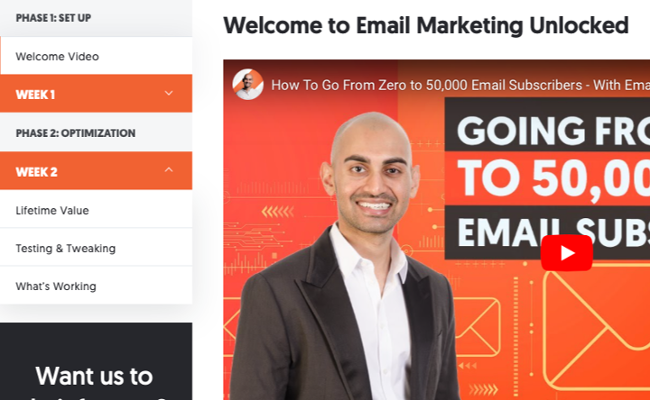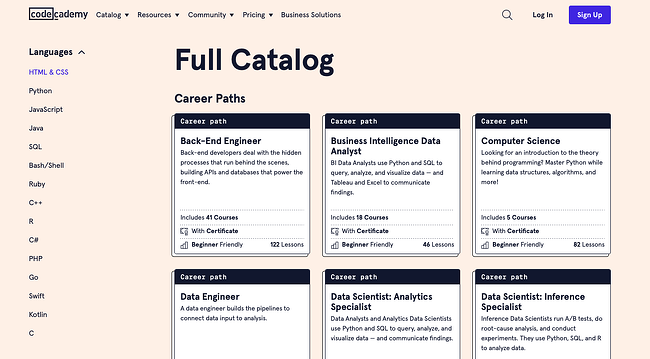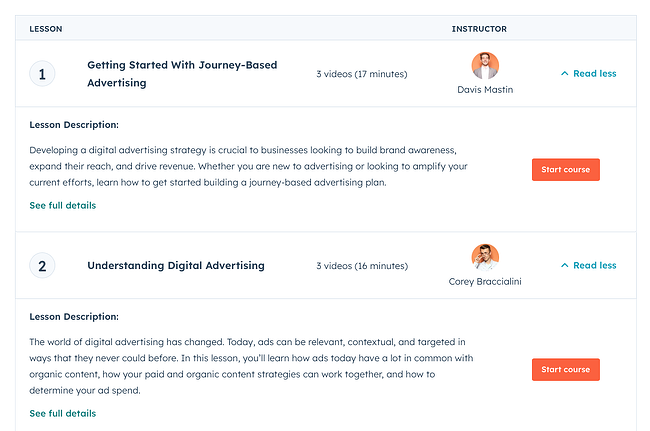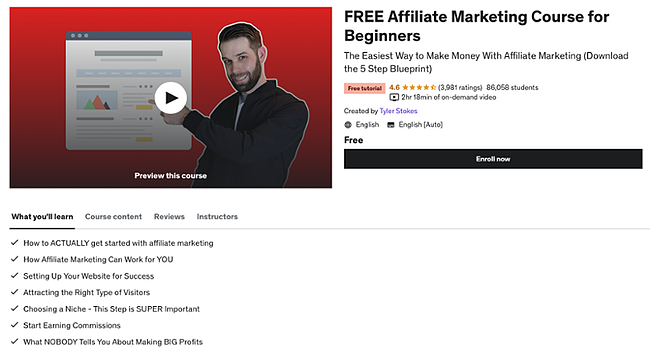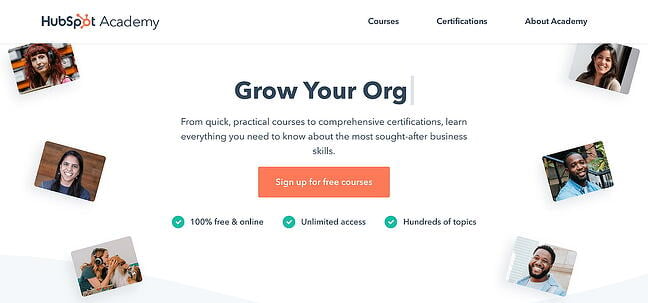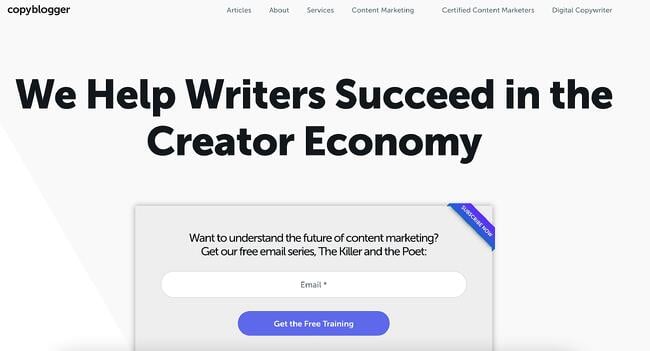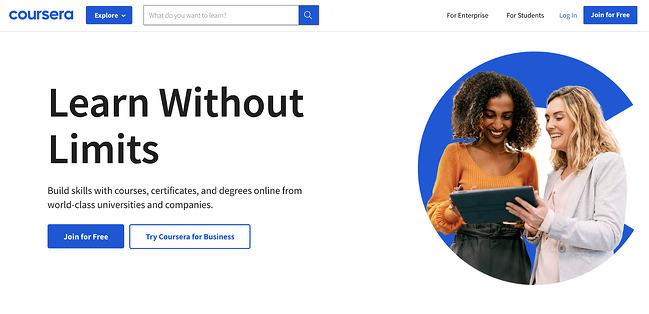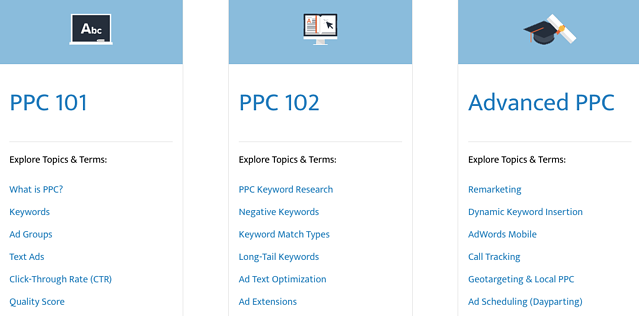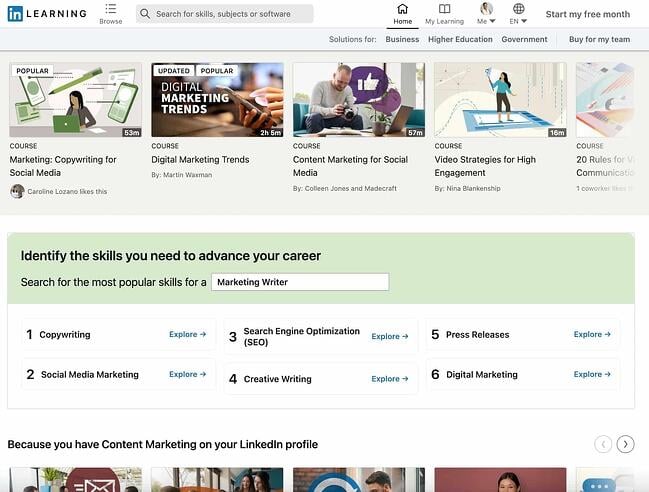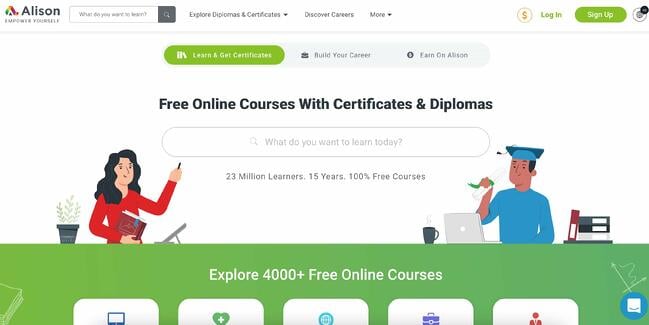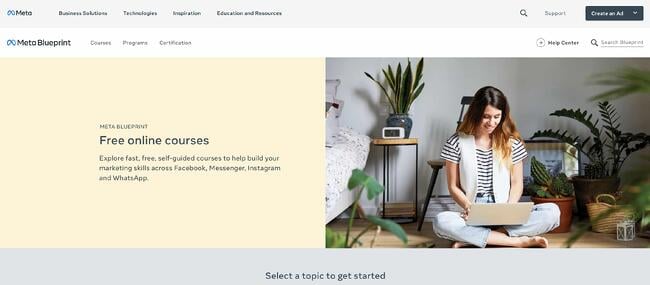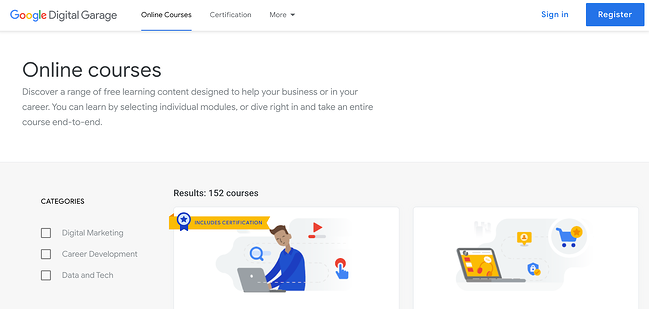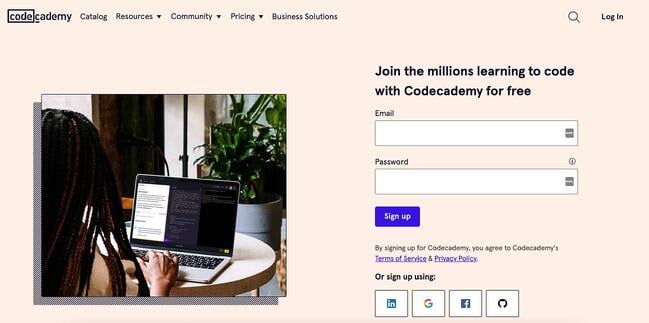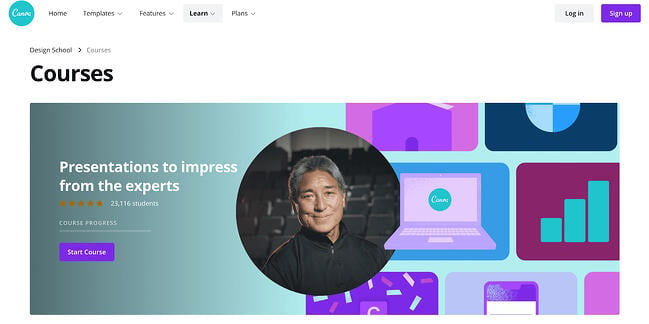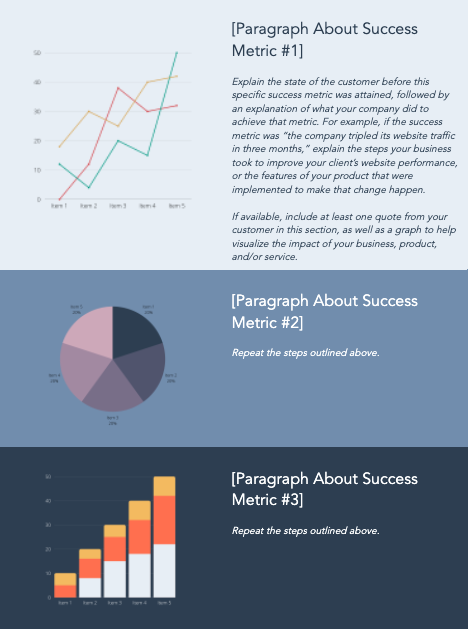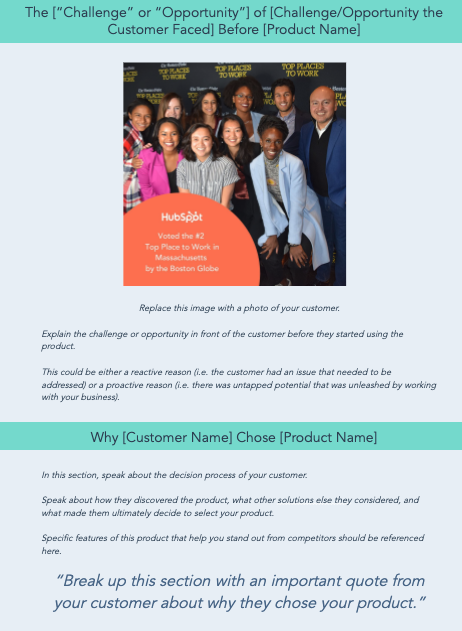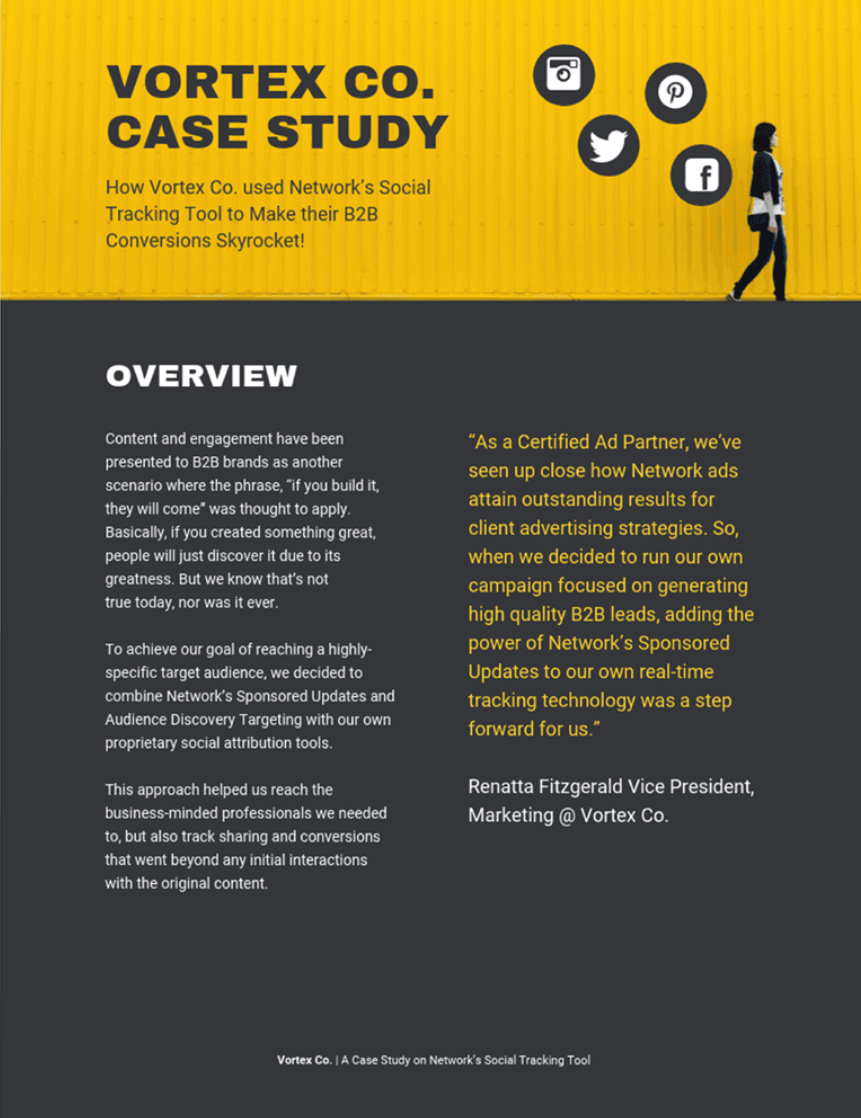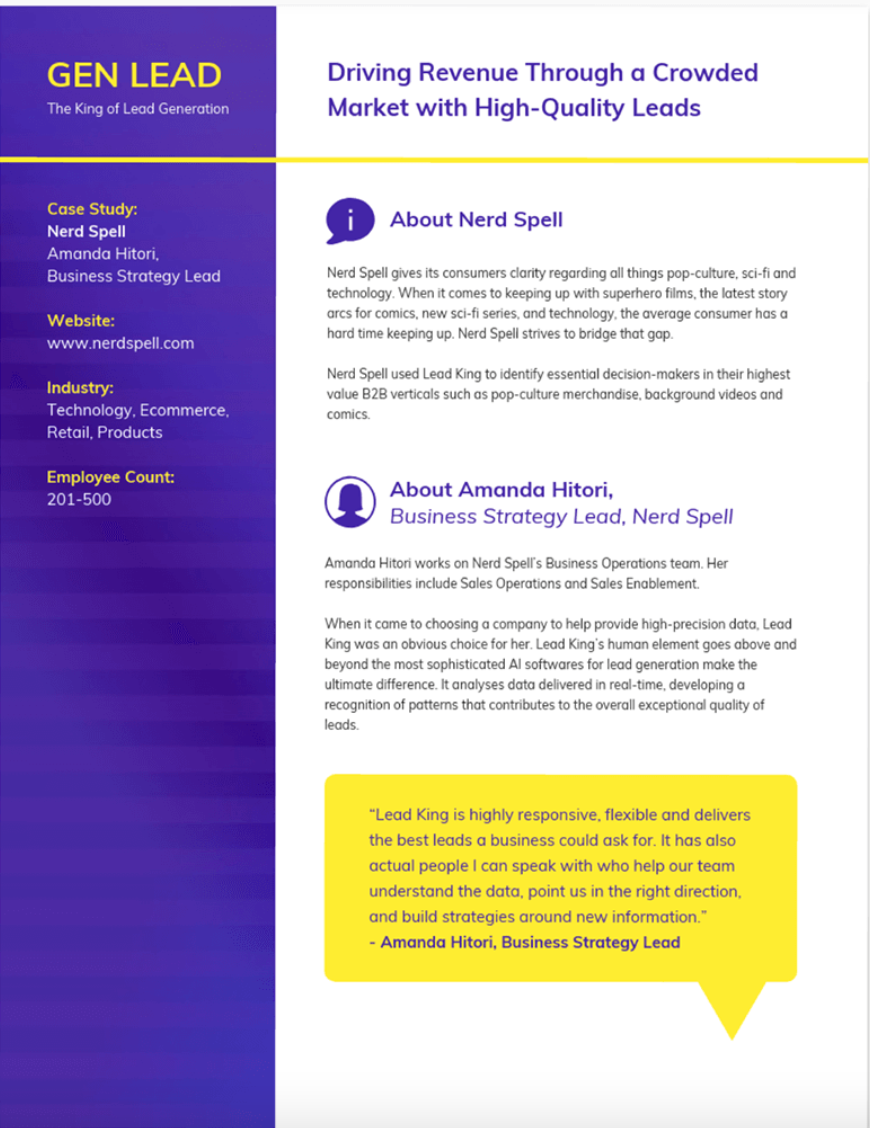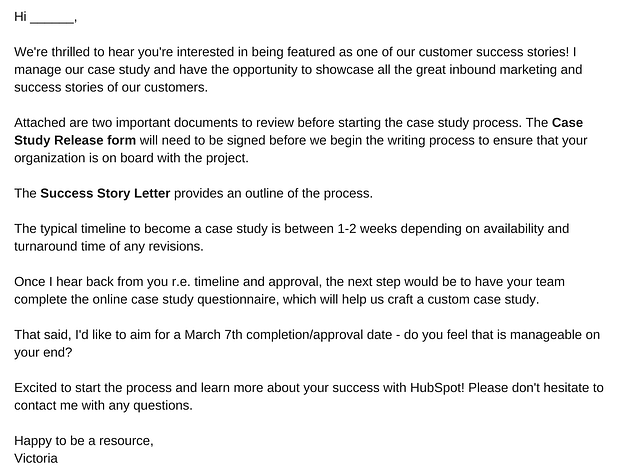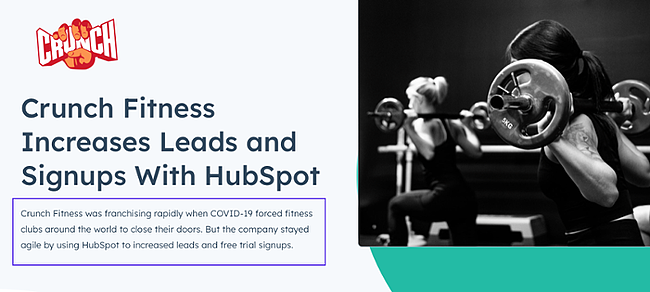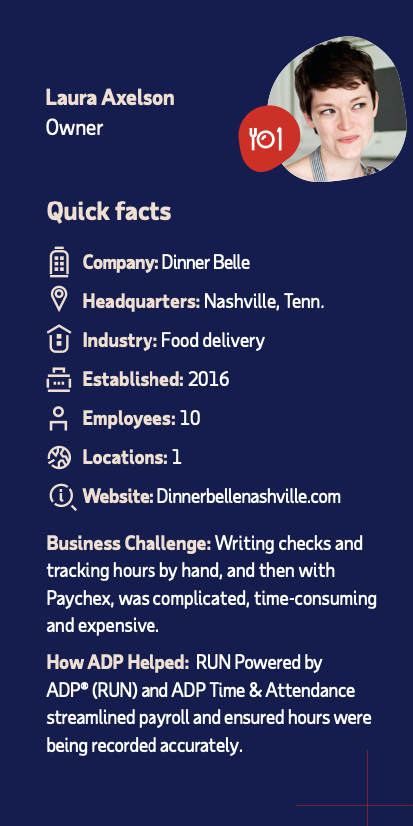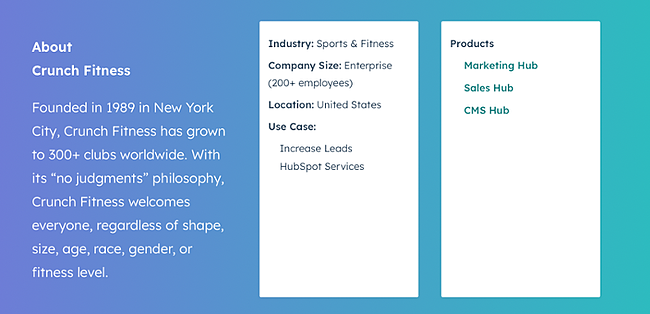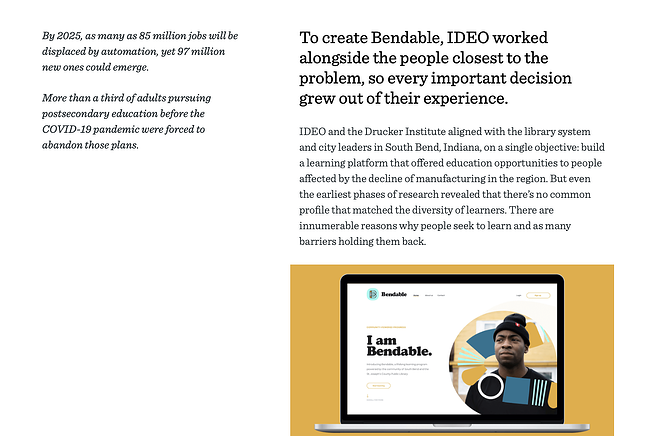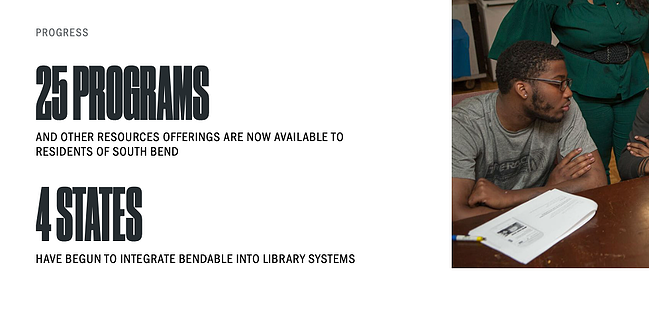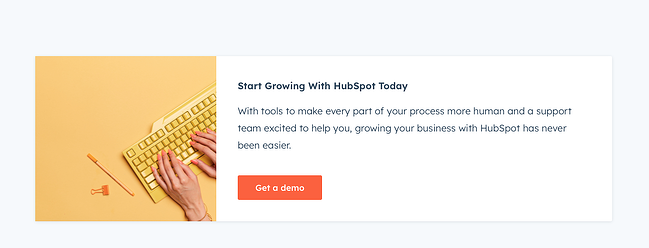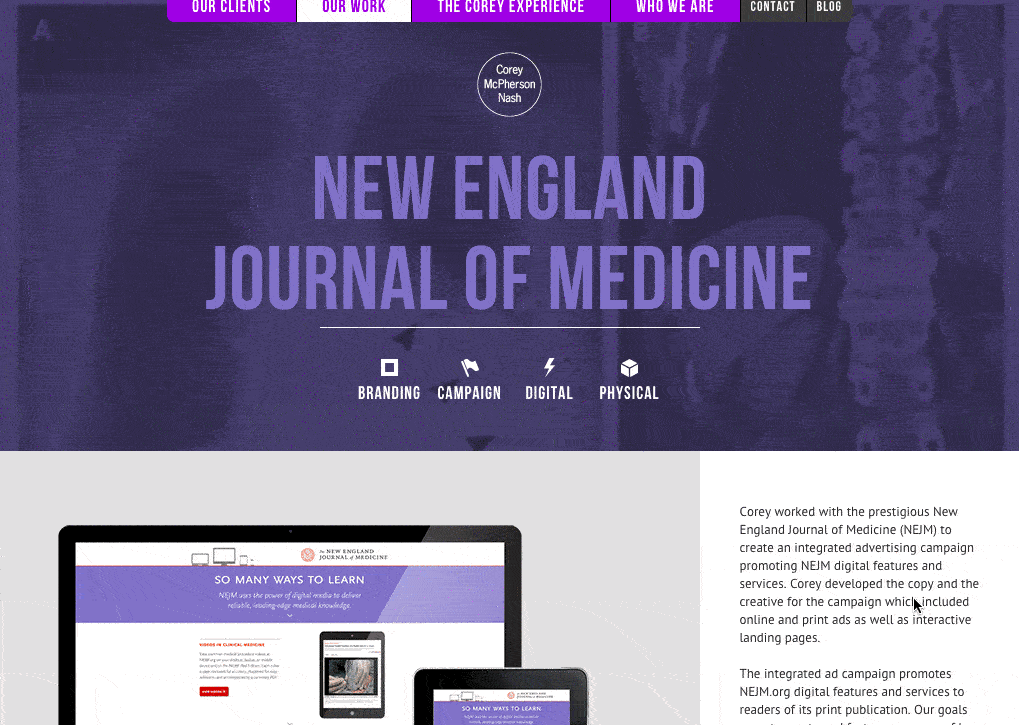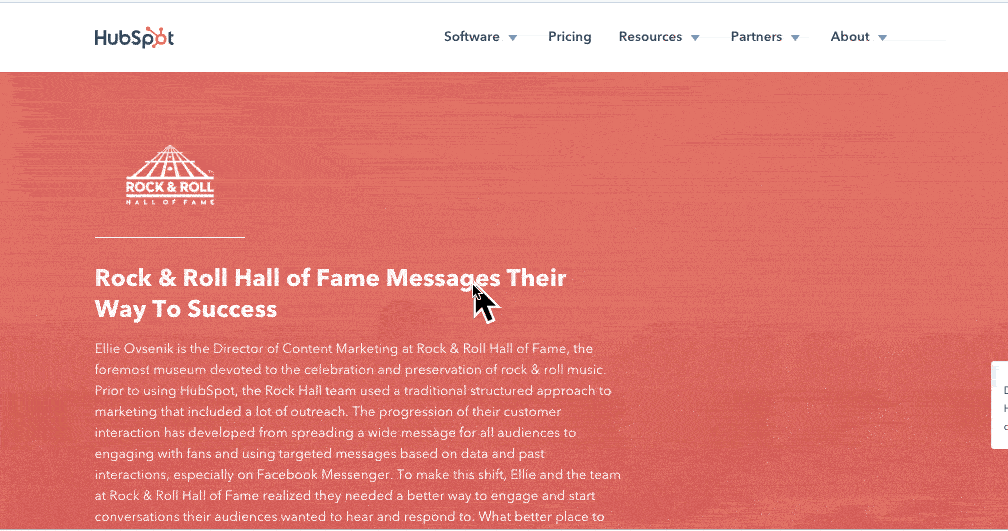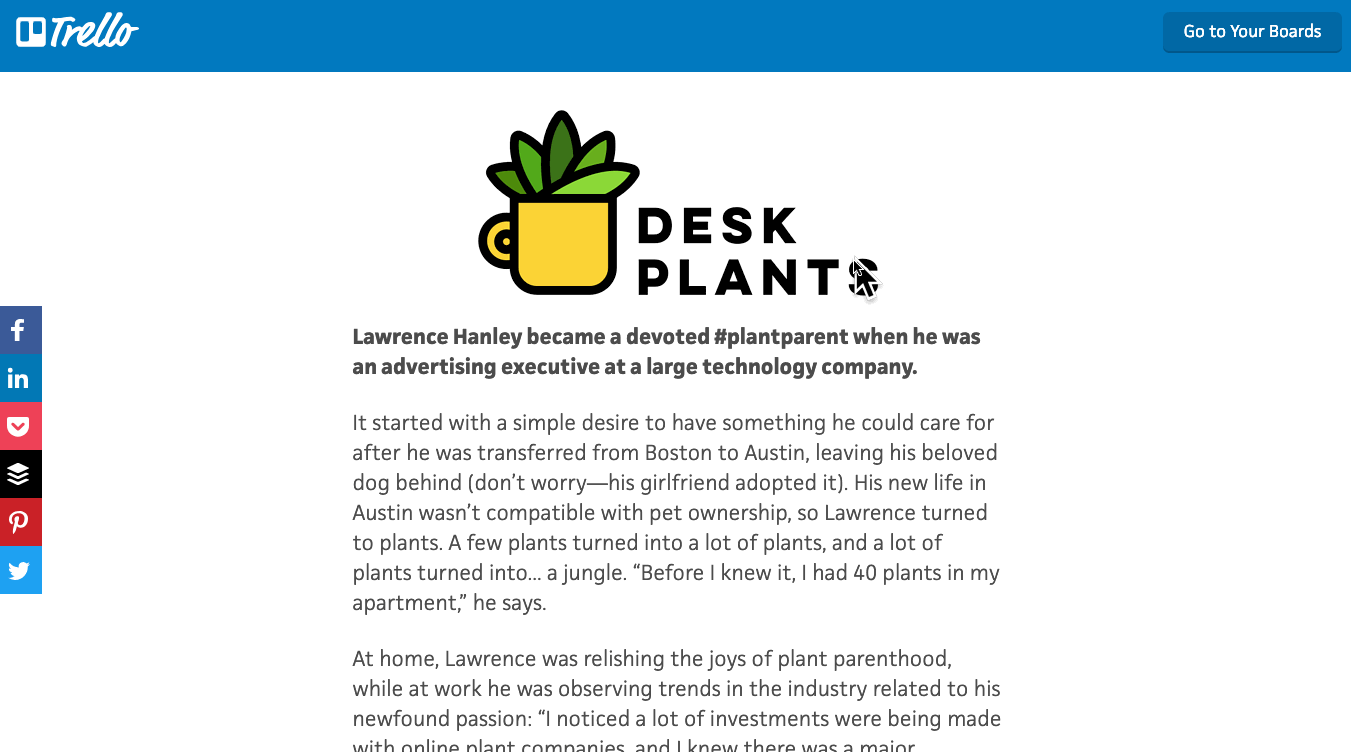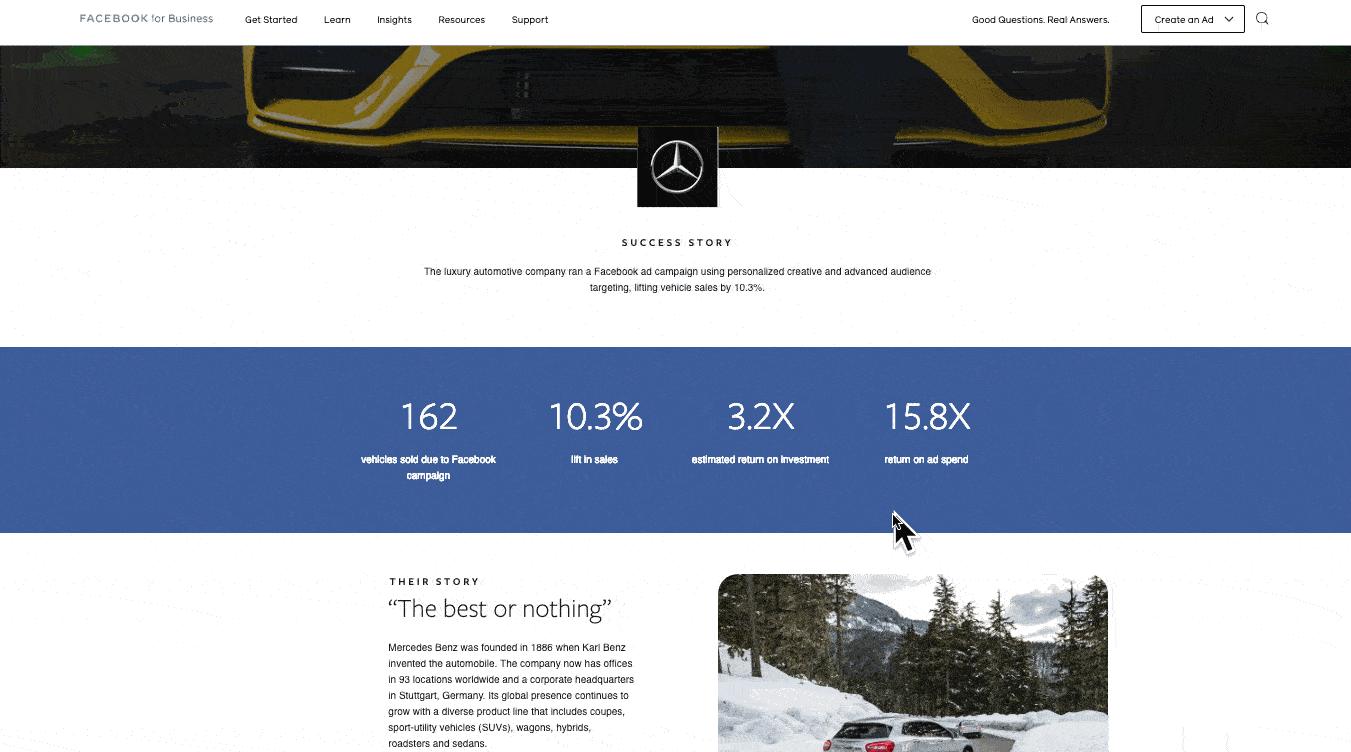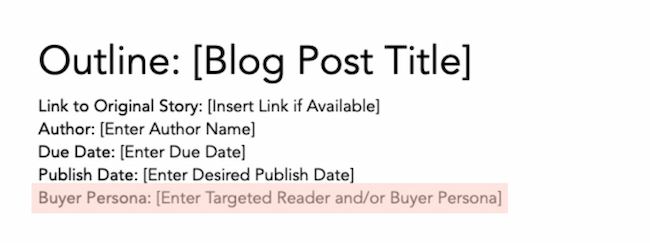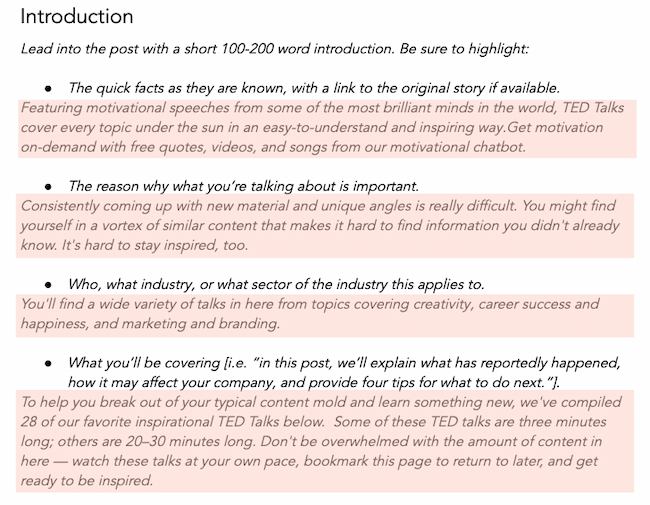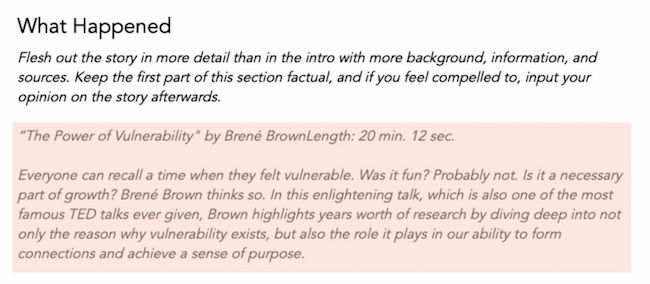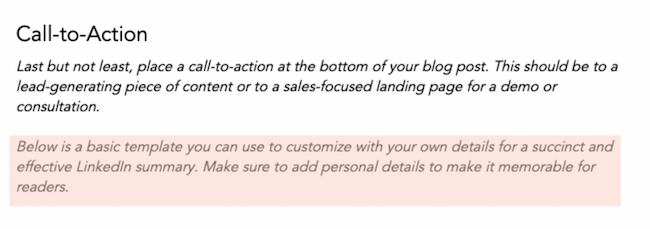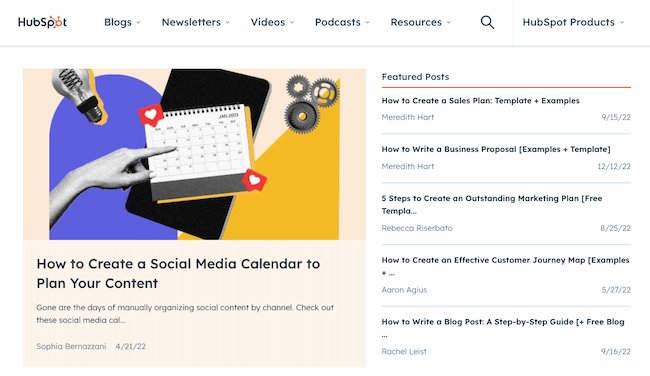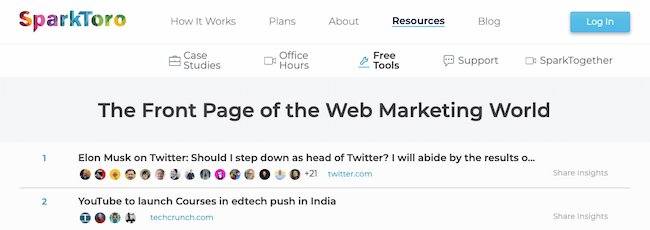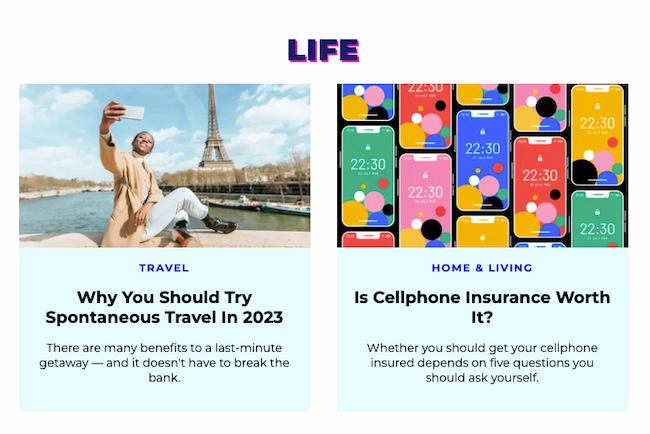On top of lead generation, a blog can also help your site climb in search rankings. Not to mention, sharing tips and insights related to your industry makes your brand look more credible and trustworthy to prospects.

At the HubSpot Blog, which gets a whopping eight million page views per day and has seen a 25% boost in traffic year after year, we’ve experimented with and written many key strategies that can make any blog successful.
We’ve learned how to harness the power of SEO and research to give our readers valuable content while also generating large amounts of organic traffic at the same time.
Whether you’re just starting a blog or have years of experience, it never hurts to gain new tips. Here’s a list of mistakes to avoid in 2023, according to HubSpot Blog managers.
Anyone can start a blog, but many will never give blogging the attention that it needs to be a successful part of a business.
A hobby blog is one thing, but when you want to grow or monetize your blog, there are several things you need to focus on. Namely, you need to identify the goal of the blog, know your target audience and what moves them, build a blog site that is easy to navigate, and choose a writing style that resonates with your audience.
Fear that you’re missing some of these elements? It’s okay! We’re here to help you and your blog become a success. Let’s delve into some common blogging mistakes and the solutions that will help your blog move up the ranks.
Most of a blog’s traffic is driven organically — in other words, consumers will search for something on a search engine and click on your blog if it matches their intended topic. However, there are a lot of organizations competing for your audience’s attention, so it’s important to avoid common blog mistakes to stand out.
Here are the most common blog post mistakes (and their solutions), according to HubSpot bloggers.
1. Create blog posts that serve your larger company goals.
Mistake: You think of ideas that only interest you.
As much as you might read and re-read your blog posts after you publish them, you’re not the intended reader.
When you start blogging, ideas will come to you at random times — in the shower, on a run, or while on the phone. While the ideas may come at random moments, the ideas themselves should never be random.
“Your blog is a honeypot, not a megaphone. Make it a point to position your content around what your audience wants to discover, not what you want to tell them,” said Amanda Sellers, historical optimization manager at HubSpot.
Solution: Align your blog posts with company growth goals.
The reason you’re blogging is to solve problems for your audience and, ultimately, to grow your business. So, all of your blog post ideas should help serve those growth goals. They should have natural tie-ins to issues in your industry and address specific questions and concerns your prospects have.
Need help figuring out what those goals are and how to address them? Chat with your manager about the larger company goals, and then schedule a meeting with someone on the sales team to hear what questions they get asked most often.
After both meetings, you should know which goals you need to achieve and have some ideas on how to achieve them.
2. Identify what resonates with your audience.
Mistake: You forget about your persona.
If you want your blog content to perform well (i.e. generate traffic, leads, and sales), it must resonate with your audience and compel them to take action.
One of the biggest mistakes you can make is assuming that your content will perform if you haven’t actually considered your audience or the actions you want them to take.
“Your persona is the basis for everything you create. Writing for yourself won’t always resonate with your intended audience,” said former Senior Content Marketing Manager at HubSpot Christina Perricone.
She continues“If you, instead, speak to your persona’s pains, challenges, and goals and they feel like you are speaking to them, they are more likely to stay on the page and convert on your offer.”
Solution: Pick topics that speak to your target audience directly.
By defining your buyer persona and the things that matter to them, you can bridge the gap with your content. Remember, your blog should strive to connect with folks who are likely to eventually purchase something from you.
Your persona development should determine factors like what job your ideal customer has, what goals they want to achieve, and what pain points or annoyances they deal with on a daily basis.
“Once you have a solid understanding of who you want to target, this knowledge can inform not only your topic selection, but the tone, format, and complexity level of your content,” says Karla Hesterberg, the HubSpot Blog’s Senior Team Manager.
“Without this foundational understanding of your audience, you’re not going to connect with the right people in the right way.”
3. Write like you talk.
Mistake: Your writing is too stiff.
Writing a blog post is much different than writing a term paper. But when bloggers first start out, they usually only have experience with the latter. The problem? The style of writing from a term paper is not the style of writing people enjoy reading.
Let’s be honest: Most of the people who see your post aren’t going to read the whole thing.
If you want to keep them interested, you have to compel them to keep reading by writing in a style that’s effortless to read.
Solution: Write blogs that feel personable.
It’s okay to be more conversational in your writing — in fact, we encourage it. The more approachable your writing is, the more people will enjoy reading it. People want to feel like they’re doing business with real people, not robots.
So loosen up your writing. Throw in contractions. Get rid of the jargon. Make a pun or two. That’s how real people talk — and that’s what real people like to read.
4. Brainstorm evergreen topics.
Mistake: You only cover trending news.
Trendy or buzzy content can quickly become outdated and irrelevant. That’s why you shouldn’t craft your entire blog strategy around them.
For example, news about a petition to change the law surrounding sponsored content might become out of date when the law is struck down or goes into effect. If your post only covers the news, it will stop gaining traffic once the topic is no longer relevant.
Solution: Prioritize evergreen content with buzzy angles.
Evergreen topics often touch on overarching ideas that won’t become outdated or irrelevant in the near future.
On our marketing blog, one example of this is, “What is Digital Marketing.” Although we’ve updated the piece to include new digital marketing strategies, the definition of digital marketing won’t change at its core.
At the HubSpot Blog, we often call our overarching evergreen topics “pillars” =because an overarching evergreen topic can lead you to brainstorm a number of smaller post ideas and story angles.
Going back to the previous sponsored post example, an evergreen version of this post would cover what sponsored content is, and highlight examples as well as current laws.
While we identify pillars for content inspiration, we also take it one step further by creating and regularly updating long-form posts, called pillar pages.
They give our readers comprehensive information about evergreen topics and link to a wide variety of our best blog posts on each topic.
Although stats and facts might need slight updating from year to year, foundational topics aren’t likely to change drastically.
This means the content will be relevant, more shareable, and linkable. This might also mean a higher search authority and search engine ranking.
5. Hone in your point.
Mistake: You digress.
Although you are encouraged to let your own personality shine through in your writing, don’t abuse the privilege. It’s one thing to be yourself in the topic you’re covering, but it’s another thing to bring up too many personal experiences, which will bury the point you’re trying to make.
Don’t digress into these personal anecdotes and analogies too much — your readers aren’t sitting in front of you, which means you can’t guarantee that you have their undivided attention. They can (and will) bounce from your article if they lose patience.
Solution: Focus on your main point.
To prevent your writing from losing its audience, restate your point in every section of the article. The best blog posts commit to an overarching message and then deliver it gradually, expressing it multiple times in small ways from beginning to end.
If you’re writing about how much water a potted plant needs, for example, don’t spend three paragraphs telling a story of how you came home to a dead fern after returning from a two-week vacation.
This story offers real evidence of your point, but what is your point? Certain plants can’t go without water for more than 14 days. That’s one point, and it should be stated upfront.
6. Narrow down your angles.
Mistake: Your topics are too broad.
When people start blogging, they generally want to write on really big topics like:
- “How to Do Social Media Marketing”
- “Business Best Practices”
- “How to Make Money on the Internet”
Topics like these are far too broad. Because there are so many details and nuances in these topics, it’s really hard to do a good job answering them. Plus, more specific topics tend to attract smaller, more targeted audiences, which tend to be higher quality and more likely to convert into leads and customers.
So, to get the most short-term and long-term benefits of blogging, you’ll need to get way more specific.
Solution: Begin with a clear, concise idea.
Nailing really specific blog topics is crucial to knocking your first few posts out of the park.
“It’s so easy to want to cast a broad net and write about anything and everything in your industry,” says Meg Prater, the HubSpot Blog’s Managing Editor. “What sets a great content manager apart from a good one is their ability to focus the content they’re creating.”
“Identify the niche your company fills and write highly specialized content about that niche,” Prater explains. “It can be tough to stop writing about any topic that pops into your head, but the end result will be quality content that raises your voice and your profile in your industry.”
Start with a working title — it isn’t final, it’s just a concrete angle you can use to keep your writing on track. Once you nail this stage of the ideation process, it’s much easier to write your blog posts.
Pro-tip: Let us help you brainstorm with our Blog Ideas Generator. This tool allows you to enter basic terms you know you want to cover, and then produces five sample blog titles that work for business blogs.
7. Niche posts should still tie into the bigger picture.
Mistake: You don’t tie a niche topic into your reader’s broader struggle.
You already know how important it is to resonate with your buyer persona and understand their pain points. However, there’s a reason why they’re experiencing pain points and what is driving them to get it solved.
Solution: Understand the challenges and consequences they’re facing.
You should be asking yourself:
- What is at stake?
- What do they gain by taking action?
- If they don’t take action, what will happen?
All of these things can manifest in the content that you write for your blog post. Doing so will signal to your reader that you understand what they’re going through and that you want to help.
“If you’re uninterested in a particular topic you’re writing about, it’s probably because you haven’t stopped to think about the big picture,” says Senior Content Strategist at HubSpot Caroline Forsey.
“Understanding how the topic you’re writing about will fit into a reader’s broader challenges will help you find meaning and value in any post you write, and will enable you to connect with your readers better.”
For instance, let’s say you’re tackling a post like “first vs. third-party APIs.”
While the topic is dry and allows for little creativity, the big-picture value is huge. You’re helping readers decide whether they should shell over the big bucks for an in-house API or save money and time by asking a third party for API development.
Essentially, “first vs. third party APIs” is a question that hits at computer security, efficiency, and budget constraints, all of which could have big consequences for your reader.
8. Structure your post.
Mistake: Your writing is a brain dump.
Sometimes when I get a great idea I’m excited about, it’s really tempting to just sit down and let it flow out of me. But what I get is usually a sub-par blog post.
Why? The stream-of-consciousness style of writing isn’t really a good style for blog posts. Most people are going to scan your blog posts, not read them, so it needs to be organized really well for that to happen.
Solution: Structure your blog with a template, outline, and section headers.
The first thing you should do is choose what type of blog post you’re going to write. Is it a how-to post? A list-based post? A curated collection post? A SlideShare presentation?
For help on this, download our free templates for creating different types of blog posts. Once you have a template down, it’ll be easier to write your outline.
Your outline is the skeleton from which you build your sections and fill out your content
“More experienced bloggers might dismiss this, but creating an outline can have a big impact on the clarity, organization, and flow of your final piece — particularly when you’re trying to teach a complex concept,” says Hesterberg. “I can always tell when someone’s skipped an outline.”
If you’re new to outlining posts or still are unsure of where to start, consider formats like listicles or step-by-step guides, These can be more readable to audiences and easier to write.
Using headers is also critical for the reader experience.
“While it’s nice to imagine that your readers hang on your every word, the reality is that they’re probably mostly skimming your posts,” says Hesterberg.” As you write, be sure you’re making your piece skim-friendly: including plenty of paragraph breaks, clearly titled sections, relevant images, and formatting that makes it easy to find the piece of information they came for.”
9. Give your audience something to walk away with.
Mistake: You’re relying on vague concepts instead of concrete information.
One of the first things you’ll do in your blog research is look up how other publications are writing about a topic.
If you notice, almost all of the results on the first page of Google are writing about conceptual, vague ideas. How can your blog stick out? You can include concrete, actionable steps for your readers to achieve success.
Solution: Include actionable steps and offer resources.
One of the biggest tenets of content creation is that it should be useful, and that means your audience should walk away with something.
“People want to learn how to do things in actuality, not just theoretically,” says Rebecca Riserbato, former staff writer at HubSpot. “When you’re done with a blog, ask yourself, ‘Will the reader know how to implement this idea?’ or ‘Did I provide steps to achieve success?'”
Consider including offers for related resources, products, or services.
On a small scale, say your company sells food products, you could write recipe-styled blog posts that include one or two of your ingredients. Then at the bottom of the post, offer a coupon or free sample if they subscribe to your e-newsletter.
If your company sells a high-priced service that requires more lead nurturing, include a CTA leading them to an ebook or template to help them accomplish their goal.
10. Use data and research to back up the claims you make in your posts.
Mistake: You don’t use data as evidence.
Let’s say I’m writing a blog post about why businesses should consider using Instagram for marketing. When I’m making that argument, which is more convincing?
- “It seems like more people are using Instagram nowadays.”
OR
- “Instagram’s user base is growing far faster than social network usage in general. In the U.S, Instagram will grow 15.1% this year, compared to just 3.1% growth for the social network sector as a whole.”
The second, of course. Arguments and claims are much more compelling when rooted in data and research.
As marketers, we don’t just have to convince people to be on our side about an issue — we need to convince them to take action. Data-driven content catches people’s attention in a way that fluffy arguments do not.
Solution: Leverage recent data and mix in industry trends.
In any good story, you’ll offer a main argument, establish proof, and then end with a takeaway for the audience. You can use data in blog posts to introduce your main argument and show why it’s relevant to your readers, or as proof of it throughout the body of the post.
Some great places to find compelling data include:
You should also dive into industry trends, such as new social media platforms or recently published research. This tactic allows our blog to keep readers in the loop of new trends, while still covering more stable marketing topics.
“Evergreen content is a necessary backbone of any successful content strategy, but don’t ignore the trends happening in your industry — because your readers certainly aren’t,” says Hesterberg.
“Offering your take on industry trends is an opportunity to build a thought leadership presence and show your target audience that you’re a knowledgeable, active player in your space,” she continues.
11. Use descriptive examples to illustrate your point.
Mistake: You’re not adding enough context.
“When I first joined the HubSpot Blog team, I would consistently get the edit that I wasn’t adding enough examples to support my statements,” says Prater.
“For example, I might write ‘SMBs should expand their social media strategies to experiment with newer, cheaper channels.’ Sure, that might be true, but it’s a pretty broad suggestion.”
Solution: Illustrate ideas with examples, customer stories, and quotes from industry experts.
As bloggers, we become experts in our industry. Because of this, it’s easy to forget about specificity when giving advice, explaining examples, or walking through a common process.
It’s important to build upon your point with details, Prater says, as she follows up with her previous example.
“A stronger way to share this with an audience might be to add on, ‘For example, test running ads on question-and-answer platform Quora, or go live on Tiktok to engage your audience.’”
Prater shares that by adding specificity to a previously broad statement, she made her point more actionable.
Another way to illustrate your ideas is by leaning on industry experts.
“Seeking out guest pieces from qualified experts on subjects you want to cover can help fill knowledge gaps on your own content team,” says Hesterberg.
If that contributor is well-known in your industry or considered a thought leader, this might also make the post more shareable on social media or through backlinks.
On the blog, we regularly host expert contributors and thought leaders who give research insights and discuss their successes. If you can’t get a full blog post from a contributor, you can also consider reaching out to experts for quotes that will add a touch of expert insight to your pieces.
Here’s a post that features several experts written by Forsey.
“I’ve found including original quotes from experts helps you reach a new audience whenever that expert shares your post on their own social channels,” Forsey says.
She continues, “Best of all, it helps the user experience. For instance, if I’m writing a post about social media consultants, I’d much rather interview and use quotes from someone in the field, rather than rely on my own second-hand knowledge.”
12. Give credit where credit is due.
Mistake: Your content borders on plagiarism.
Plagiarism didn’t work in school, and it certainly doesn’t work on your company’s blog. But for some reason, many beginner bloggers think they can get away with the old copy-and-paste technique.
You can’t. Editors and readers can usually tell when something’s been copied from somewhere else. Your voice suddenly doesn’t sound like you, or maybe there are a few words in there that are incorrectly used. It just sounds off.
Plus, if you get caught stealing other people’s content, you could get your site penalized by Google — which could be a big blow to your company blog’s organic growth.
Solution: When drawing from others’ ideas, cite them.
Instead, take a few minutes to understand how to cite other people’s content in your blog posts.
It’s not super complicated, but it’s an essential thing to learn when you’re first starting out.
13. Take 30 minutes to edit your post.
Mistake: You think you’re done once the writing’s done.
Most people make the mistake of not editing their writing. It sounded so fluid in their head when they were writing that it must be great to read … right?
Nope — it still needs editing. And maybe a lot of it.
Solution: You’ll never regret time spent proofreading.
Everyone needs to edit their writing — even the most experienced writers. Most times, our first drafts aren’t all that great. So take the time you need to shape up your post. Fix typos, run-on sentences, and accidental its/it’s mistakes. Make sure your story flows just as well as it did in your outline.
To help you remember all the little things to check before publishing, check out our checklist for editing and proofreading a blog post.
14. Don’t sit on your post too long.
Mistake: You try to make every post perfect.
I hate to break it to you, but your blog post is never going to be perfect. Ever.
There will always be more things you can do to make your posts better. More images. Better phrasing. Whittier jokes. The best writers I know, know when to stop obsessing and just hit “publish.”
Solution: Better to publish and update than postpone for perfection.
There’s a point at which there are diminishing returns for getting closer to “perfect” — and you’re really never going to reach “perfect” anyway.
So while you don’t want to publish a post filled with factual inaccuracies and grammatical errors, it’s not the end of the world if a typo slips through. It most likely won’t affect how many views and leads it brings in.
Plus, if you (or your readers) find the mistake, all of you have to do is update the post. No biggie. So give yourself a break once and a while — perfect is the enemy of done.
15. Optimize your blog content.
Mistake: You’re not writing with SEO in mind.
When people want to learn more about a topic, they go to Google, Bing, or another search engine and type a phrase or a question.
This means that to ensure your intended audience finds your website, you’ll need to use SEO strategies to optimize your website and blog content. Otherwise, you risk putting in all this work without getting any eyes on it.
Solution: Identify relevant keywords, design a backlink strategy, and optimize your content.
Let’s start with keywords.
Leveraging keywords or phrases in your blog post’s subheads, body text, and image alt text can help to optimize your piece so search engine crawlers can find it and rank it more easily.
Once you have a list of topics you think might be interesting to your audience, research phrases or keywords related to them using a tool like SEMRush. If you find that a phrase has a high MSV (monthly search volume), you should work that phrase or keyword into the titles or subheaders of your post.
Want to learn more about this? Here, you can find a detailed guide on how to do keyword research for your blog posts.
Next up: Linking to your own website’s posts and credible sources.
“Interlinking your own content is an important strategy from both an SEO and content discoverability perspective,” says Hesterberg.
From an SEO perspective, any link to your page is like a vote. The more votes you get, the higher your search ranking and authority will be. Linking to your own content can count as a vote for yourself.
You can also earn links from external websites, which are called backlinks.
A backlink, or inbound link, is earned when another site links to your blog post. Because search engines want to show people the most credible, original content first, these backlinks will help you move up in search rankings.
Aside from SEO, quotes, thought leadership, and original research will also improve the reader’s experience.
Lastly, optimize your alt text and images.
You might not realize it, but even your images can be holding your search engine ranking back. While search engines like Google analyze the alternative text of your photos to ensure that they have consistent keywords in them, they also look at how fast these photos actually load.
If a photo loads slowly, it creates a poor user experience. If users bounce from your page quickly because photos aren’t loading, search engine crawlers will catch this and move you down on search result rankings.
To avoid this, we like to compress our images as much as possible before they lose quality. If you’re not a Photoshop expert, don’t worry. You can do this quite simply with websites like Squoosh.app.
16. Focus on the long-term benefits of organic traffic.
Mistake: You concentrate your analytics on immediate traffic.
Both beginner bloggers and advanced bloggers are guilty of this blogging mistake.
If you concentrate your analysis on immediate traffic (traffic from email subscribers, RSS feeds, and social shares), then it’s going to be hard to prove the enduring value of your blog. After all, the half-life for those sources is very brief — usually a day or two.
When marketers who are just starting their business blogs see that their blog posts aren’t generating any new traffic after a few days, many of them get frustrated. They think their blog is failing, and they end up abandoning it prematurely.
Solution: The ROI of your blog is the aggregation of organic traffic over time.
Instead of focusing on the sudden decay of short-term traffic, focus instead on the cumulative potential of organic traffic.
Over time, given enough time, the traffic from day three and beyond of a single blog post will eclipse that big spike on days one and two thanks to being found on search engine results pages through organic search. You just have to give it a while.
17. Add a subscription CTA to your blog and set up an email newsletter.
Mistake: You aren’t growing subscribers.
Once you start blogging, it’s easy to forget that blogging isn’t just about getting new visitors to your blog.
One of the biggest benefits of blogging is that it helps you steadily grow an email list of subscribers you can share your new content. Each time you publish a new blog post, your subscribers will give you that initial surge of traffic — which, in turn, will propel those posts’ long-term success.
The key to getting significant business results (traffic, leads, and eventually customers) all starts with growing subscribers.
Solution: Set up a subscription CTA and email newsletter.
First, use your email marketing tool to set up a welcome email for new subscribers, as well as a regular email that pulls in your most recent blog posts. (HubSpot customers:
You can use HubSpot’s email tool to easily set up these regular email sends, as well as set up a welcome email for new subscribers.)
Next, add subscription CTAs to your blog (and elsewhere, like the footer of your website) to make it easy for people to opt-in. These CTAs should be simple, one-field email opt-in forms near the top of your blog, above the fold.
As for where to put these CTAs, we typically place our blog CTAs at the bottom of our blog posts or add a slide-in, which you can learn how to do using a free tool called Leadin here.
You can also create a dedicated landing page for subscribers that you can direct people to via other channels such as social media, other pages on your website, PPC, or email.
18. Refresh old content while writing new content.
Mistake: You are publishing new content while neglecting old content.
Once you start blogging consistently, it’s easy to put all of your effort into publishing new content.
However, neglecting old content can hurt your click-through rates and SEO because as time passes, the more outdated and less relevant your content becomes to the reader’s current needs.
For instance, if you have a blog post about Facebook pages with screenshots from years ago, your content is no longer as helpful and thus will drop in ranking. Updating your old content will show Google your information is valuable, relevant, and fresh.
Solution: Refresh your old content.
On the blog, we prioritize the historical optimization of old blog posts.
This strategy involves working with the SEO team to identify old blog posts that may have out-of-date research, tips, or keywords and updating them to include new insights.
Not only does this prevent a reader from finding and quickly exiting old posts, but new data can also help to revive an old blog post’s search ranking.
When you update old posts, you also have a chance to identify great SEO opportunities that you missed the first time around.
For example, if a phrase or keyword has a high search volume, but it wasn’t included in the headlines or subheaders of the first post, you can tweak the text to include your focus keywords.
19. Break up sections of text with visuals.
Mistake: Your blog is text-heavy.
When you’re writing a blog post, it’s easy to get carried away with the words.
The problem is that readers can get bored with words and start disengaging. Not to mention that long blocks of text can be intimidating for any reading. After all, that’s why TLDR (too long didn’t read) was invented.
Well, there’s one way to address this.
Solution: Experiment with infographics and videos.
“You don’t need to have a full-time team of multi-media content creators to experiment with different formats,” says Hesterberg. “Use free tools like Canva or Venngage to create visuals and play around with different post structures – just remember to experiment with a purpose.”
When determining if you should create a video or infographic, ask yourself what this content could accomplish that text can’t.
For example, if a piece of trend research has a lot of facts and figures associated with it, you might want to consider an infographic that shows the stats in an eye-catching way.
In another scenario, if you land an interview with an industry expert, this could be a great opportunity to record a video interview rather than posting a text-based Q&A.
Perricone explained that videos and graphics can also provide organic traffic opportunities.
“We’ve found that visual content gets more backlinks, ranks higher in search engines, and drives more traffic,” she says. “Use charts, graphs, and images to supplement your copy.”
At the HubSpot Blog, we’ve experimented with placing infographics and videos into our blog pieces. These visuals add another layer to the reader’s experience, beyond the text. They also can be helpful for audiences who don’t have time to read a full post but want to watch a video.
As Hesterberg mentioned above, it doesn’t have to be costly or time-consuming to experiment with this type of content. For graphics, there are a number of affordable, easy-to-use software and design templates that can help you.
When it comes to video, creating this content could be as simple as filming yourself explaining a topic, or interviewing a customer on camera. While you’ll still want to consider lighting and the quality of your content, you don’t need to hire an expensive film crew to film it.
If you want to zest things up after recording, you can use free or affordable video editing tools to make quick clean edits and add interesting effects like transitions.
Alternatively, you can also consider embedding and sourcing videos that were already made.
For example, if you’re writing a post about hot products that people in your industry might enjoy, you could embed demos created by other companies that you find on YouTube or Vimeo. Here’s an example of a blog post where we did something similar.
20. Diversify your promotion channels.
Mistake: You only use one medium to share your content.
Growing your audience is imperative to your business, and using different mediums — such as podcasts, ebooks, and more — to distribute your content will help you do just that.
Try experimenting with various mediums to present the same information that’s in your blog post.
A 2021 stat says that 56% of Americans aged 12-34 listen to at least one podcast per month. That means that more of your audience is relying on podcasts to get the same information they might get while reading an article.
Publishing your article in a text medium only will significantly limit your audience reach.
Additionally, by having different mediums, you also get to produce more content around the same topic, negating the need for brainstorming sessions.
Solution: Try different mediums to reach your audience.
By utilizing different platforms, you will increase audience engagement on your blog. You can generate more ideas on the same subject when you use more than one medium and, consequently, generate a larger audience.
Additionally, adding video content can help your blog. 34% of bloggers say they experience strong results after including videos in blog posts.
So, if you are trying to increase audience engagement or switch up how you share your information, including different mediums will go a long way in building a successful blog.
21. Promote your content.
Mistake: You are not sharing your content via social platforms.
Writing the article is half the battle. The other half is distributing and promoting your content.
Sharing your content on social platforms like Facebook, LinkedIn, Twitter, and Instagram will help your content get more traffic and can help grow your audience.
In 2021, 90% of bloggers used social media to promote their content, while 62% of bloggers used email marketing and SEO to help promote their content.
Solution: Promote your blog on your social platforms.
Search engines can be incredibly competitive, and algorithmic changes can affect how your content is ranked. So, even with a great SEO strategy, you should still promote your blog on other platforms including social media channels and in marketing emails.
Yes, creating a promotion strategy might seem like another daunting extra step. But it doesn’t have to be challenging.
To get started, think back to when you created your blog’s reader persona. Which platforms would they use most often? And, which types of social posts do they engage with? These answers will help you determine which platforms you should focus on when sharing blog content.
The HubSpot Blog works closely with HubSpot’s social team to determine and post content on platforms that our target audience will be on.
For example, when we have content related to social media trends or tips, we promote it on Instagram Stories or Twitter. In another scenario, if we have content that dives deeper into strategy, we might share it on LinkedIn, where many professionals in the marketing field go to gain insight from others in similar roles.
If you’re still not sure where to start, you can find more advice on specific platforms by using our guide to email marketing as well as my post on the five major types of social media.
22. Show your personality; don’t tell it.
Mistake: You think people care about you as a writer.
It sounds harsh, but it’s the truth: When people first start out blogging, they think that their audience will be inherently interested in their stories and their interests but that’s not the case.
It’s no knock against them as a person — it’s just that when you’re new, no one is interested in you and your experiences. People care way more about what you can teach them.
Solution: Infuse your personality without eclipsing the topic.
Even though people don’t really care that it’s you that’s writing the post, you can infuse parts of your personality in your writing to make them feel more comfortable with you.
How you do that is entirely up to you. Some people like to crack jokes, some like to make pop culture references, and others have a way with vivid descriptions.
Corey Wainwright, Principal Marketing Manager at HubSpot, is particularly good at this. Here’s an example from the introduction of one of her posts:

To infuse personality into your own writing, try looking for ways to relate to your readers on the topic you’re writing about — then write in the first person as if you’re hanging out with them and chatting about it.
Make your tone personal, approachable, and engaging, just like you would in a face-to-face conversation.
23. Blog consistently with the help of an editorial calendar.
Mistake: You don’t blog consistently.
By now, you’ve probably heard that the more often you blog, the more traffic you’ll get to your website — and the more subscribers and leads you’ll generate from your posts.
But as important as volume is, it’s actually more important that you’re blogging consistently when you’re just getting started. If you publish five posts in one week and then only one or two in the next few weeks, it’ll be hard to form a consistent habit.
It’s the companies that make a commitment to regularly publishing quality content to their blogs that tend to reap the biggest rewards in terms of website traffic and leads — and those results continue to pay out over time.
Solution: Schedule and publish blogs consistently.
Use a calendar to get into the habit of planning your blog post topics ahead of time, publishing consistently, and even scheduling posts in advance if you’re finding yourself having a particularly productive week.
Here at HubSpot, we typically use good ol’ Google Calendar as our blog editorial calendar, which you can learn how to set up step-by-step here.
Or, you can click here to download our free editorial calendar templates for Excel, Google Sheets, and Google Calendar, along with instructions on how to set them up.
Blogging Mistakes Are a Thing of the Past
Blogging is more than just writing words on a screen and hitting the publish button. The more you blog, the better you’ll get at it — and you’ll reap the benefits in terms of traffic and leads in the process.
Blogging as a business is always about setting yourself up for success and knowing and understanding your audience and the content that they want to read and see.
Making sure that your grammar, title, and blog is properly organized, staying on brand, connecting with your target audience will only help your business scale into more success.
We hope you’ll use this list of mistakes to step up your blogging game. After all, the benefits of keeping up a healthy business blog will be well worth the time and effort.
Editor’s note: This post was originally published in July 2014 and has been updated for comprehensiveness.


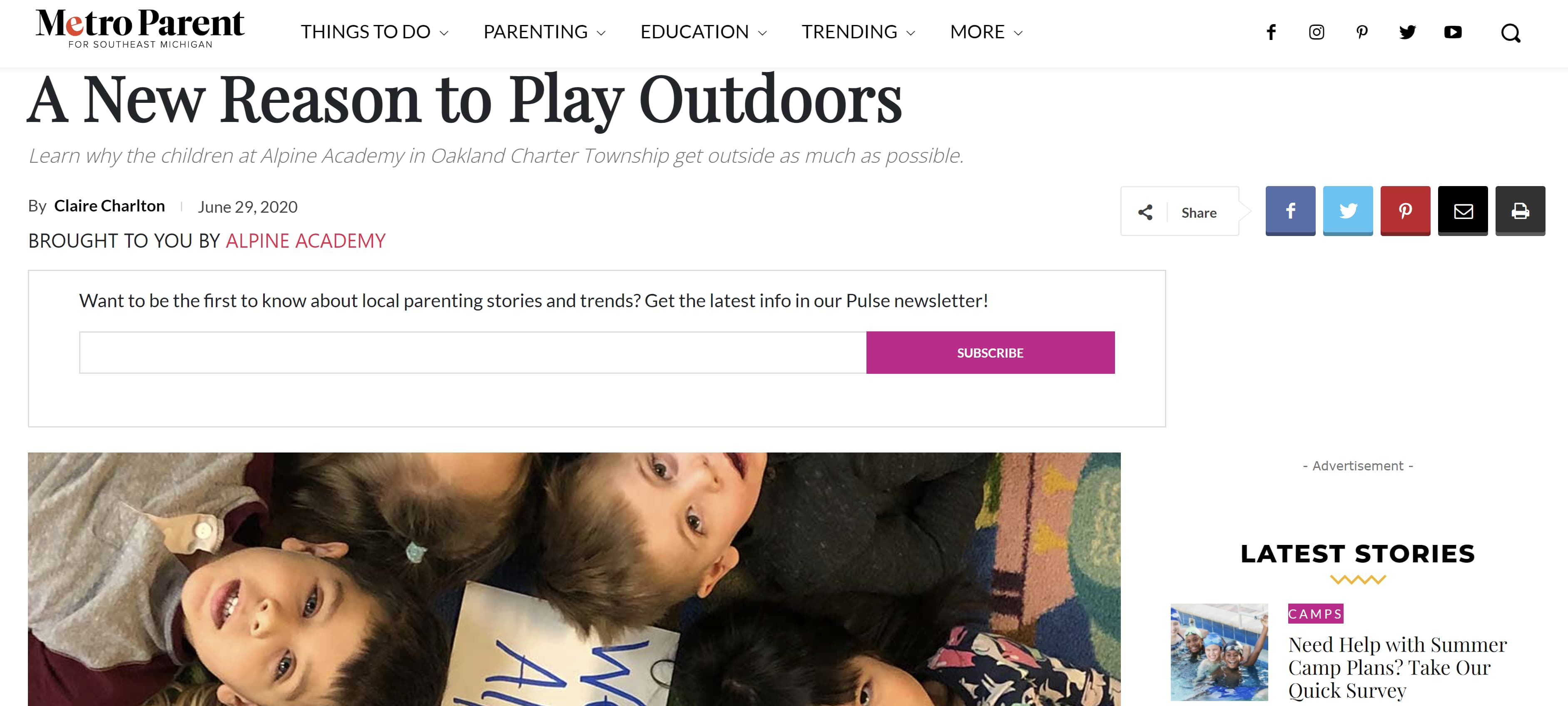



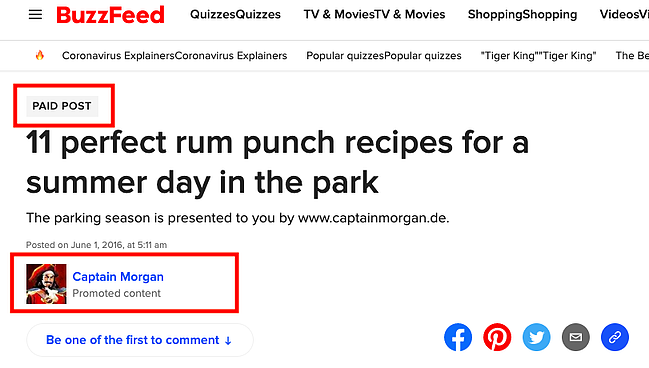
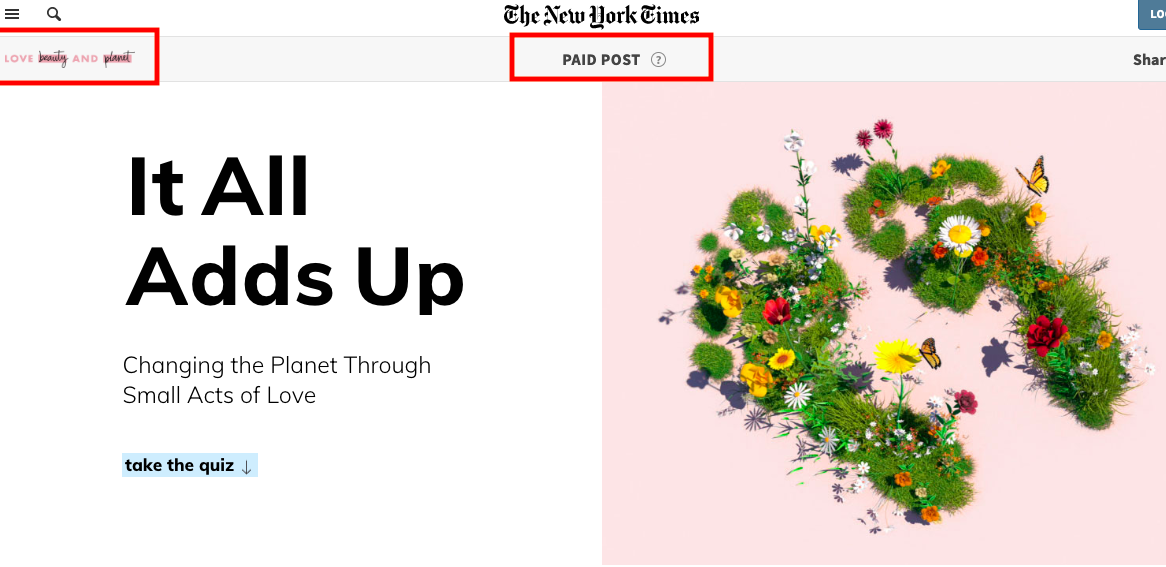


![]()



![Download Now: Social Media Trends in 2022 [Free Report]](https://i4lead.com/wp-content/uploads/2023/01/3dc1dfd9-2cb4-4498-8c57-19dbb5671820-4.png)
 Will marketers use alternatives to Twitter in 2023?
Will marketers use alternatives to Twitter in 2023?
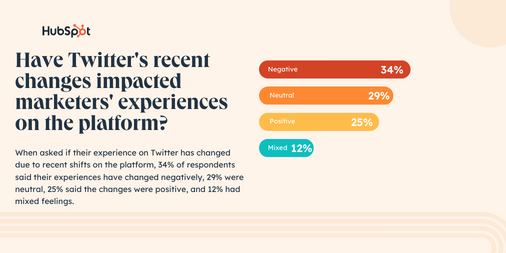
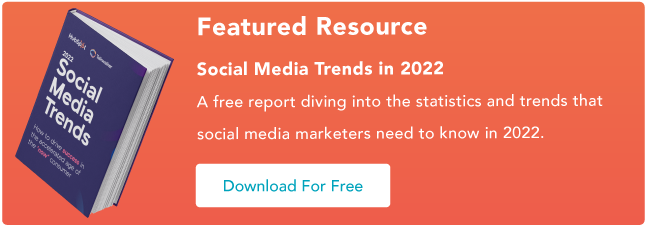


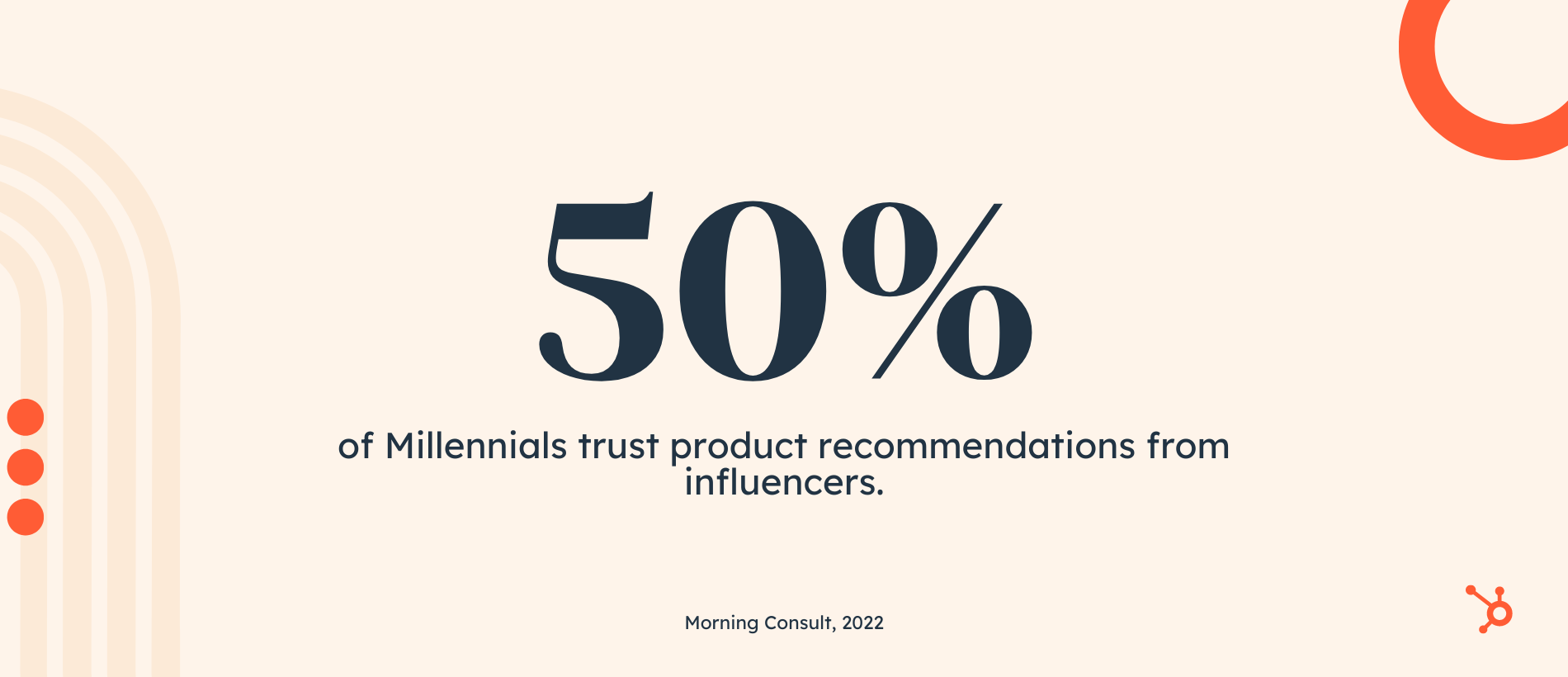

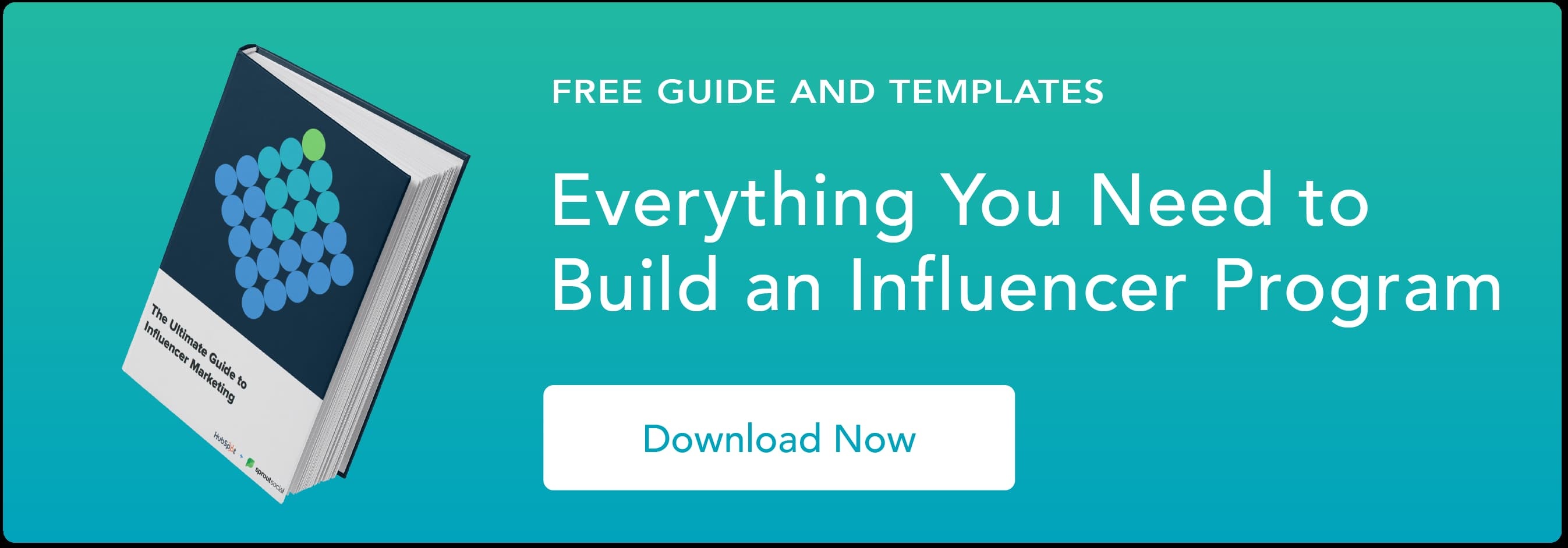
![Download Now: Social Media Trends in 2022 [Free Report]](https://i4lead.com/wp-content/uploads/2023/01/3dc1dfd9-2cb4-4498-8c57-19dbb5671820-3.png)


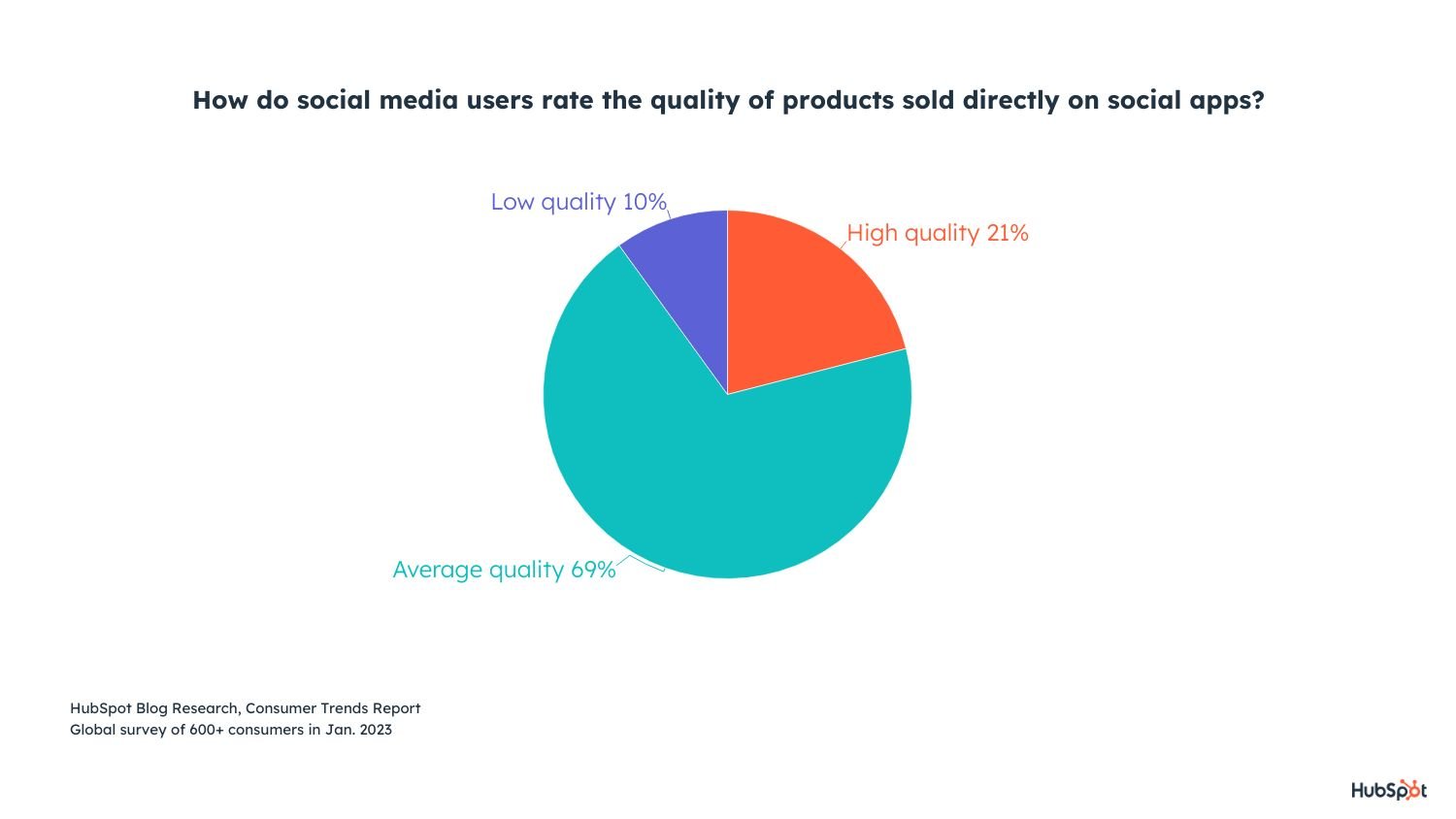

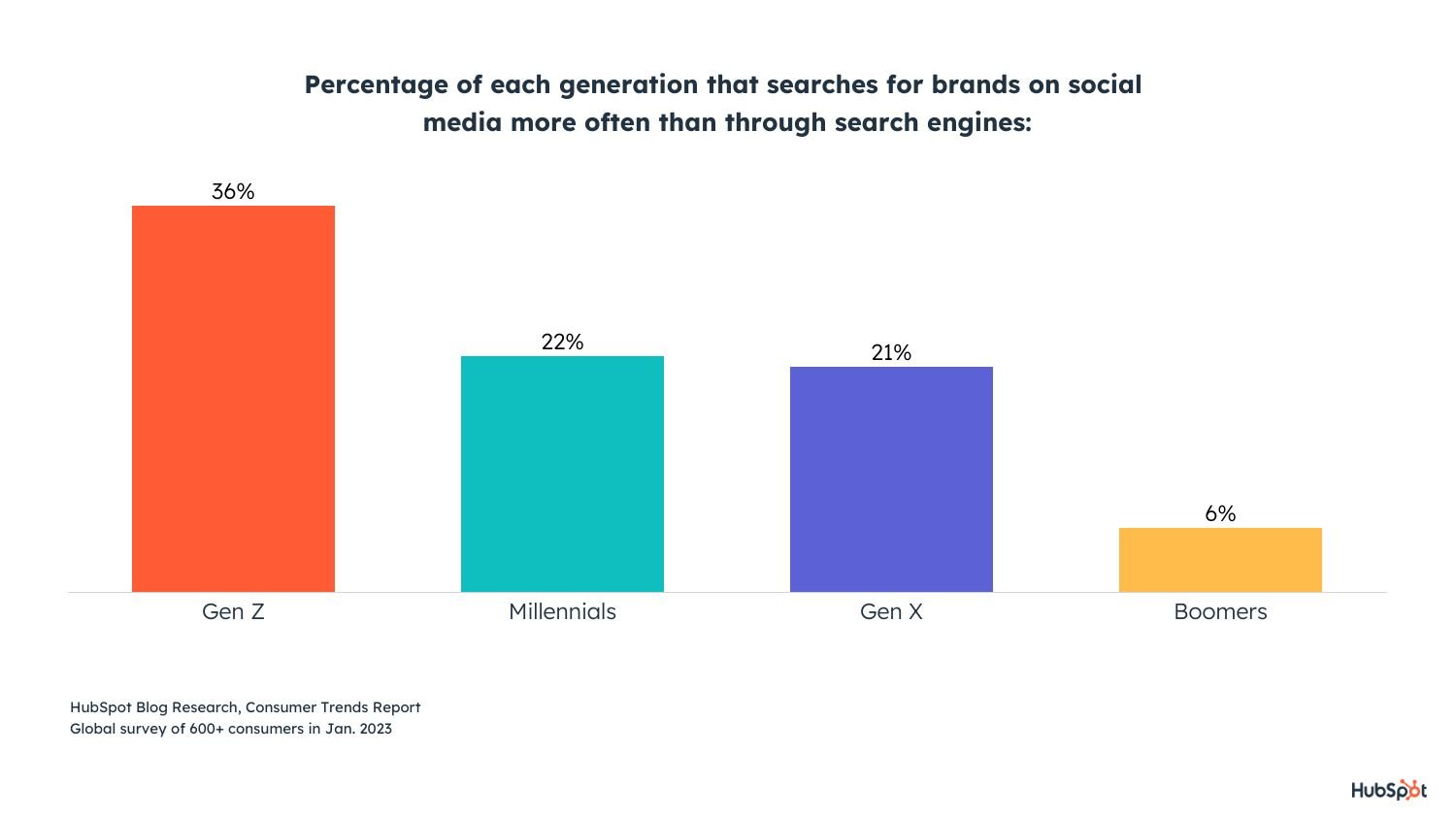

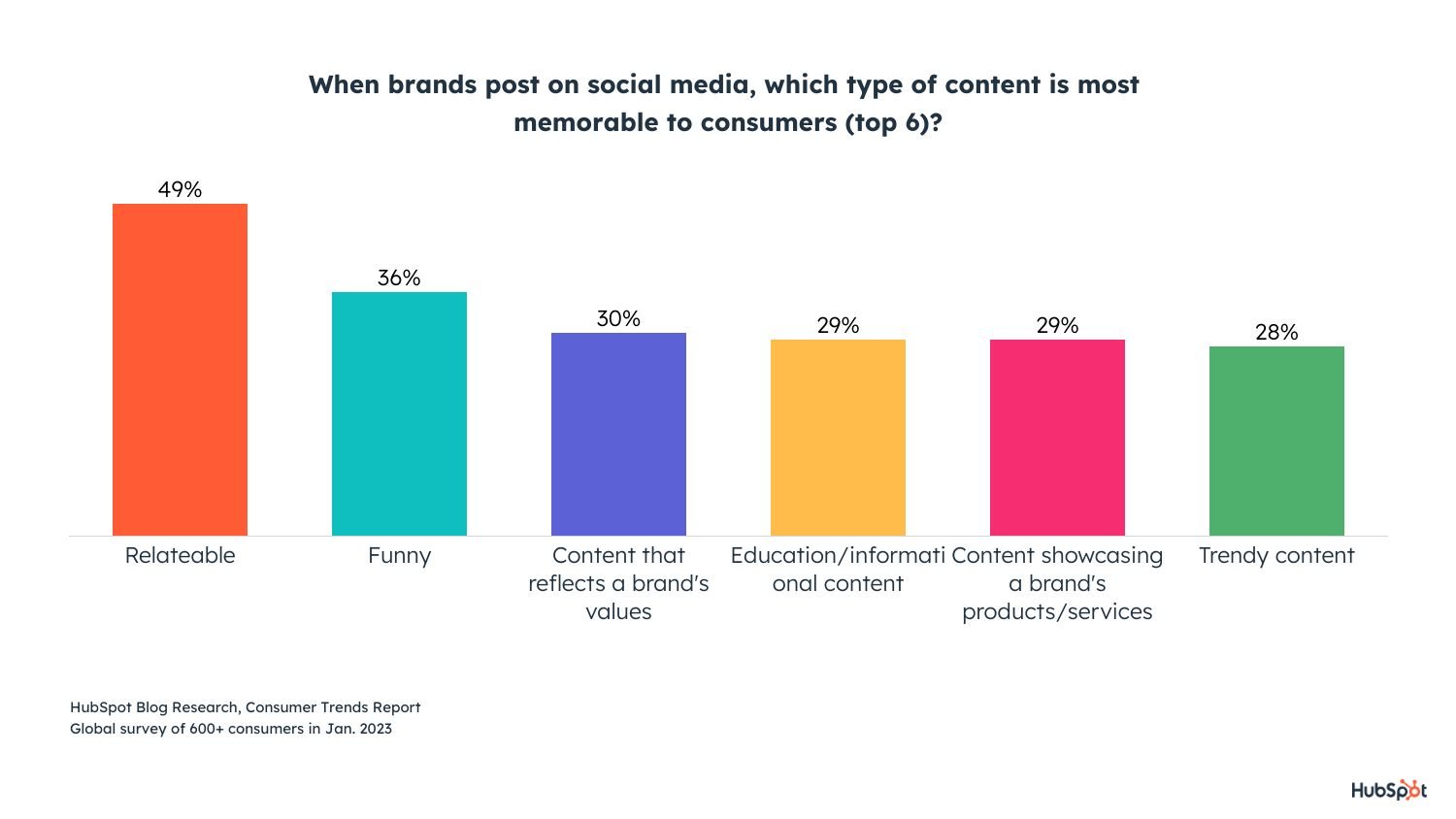

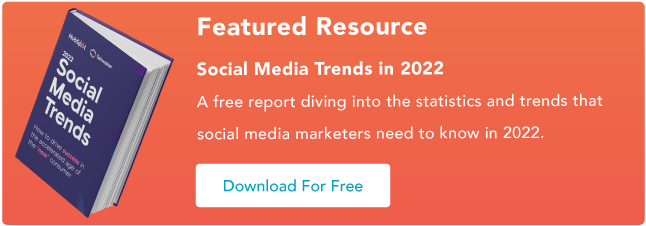
![Download Now: Social Media Trends in 2022 [Free Report]](https://i4lead.com/wp-content/uploads/2023/01/3dc1dfd9-2cb4-4498-8c57-19dbb5671820-2.png)
